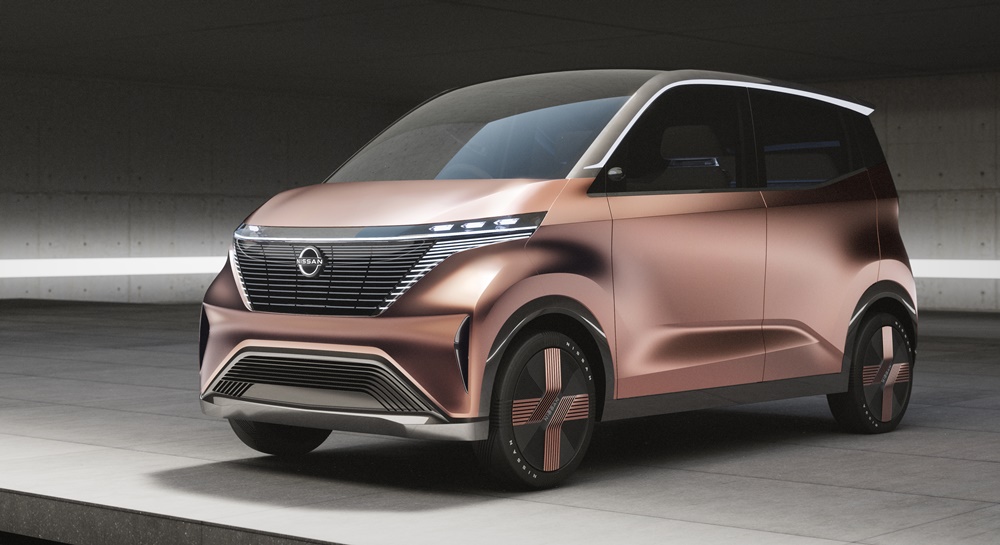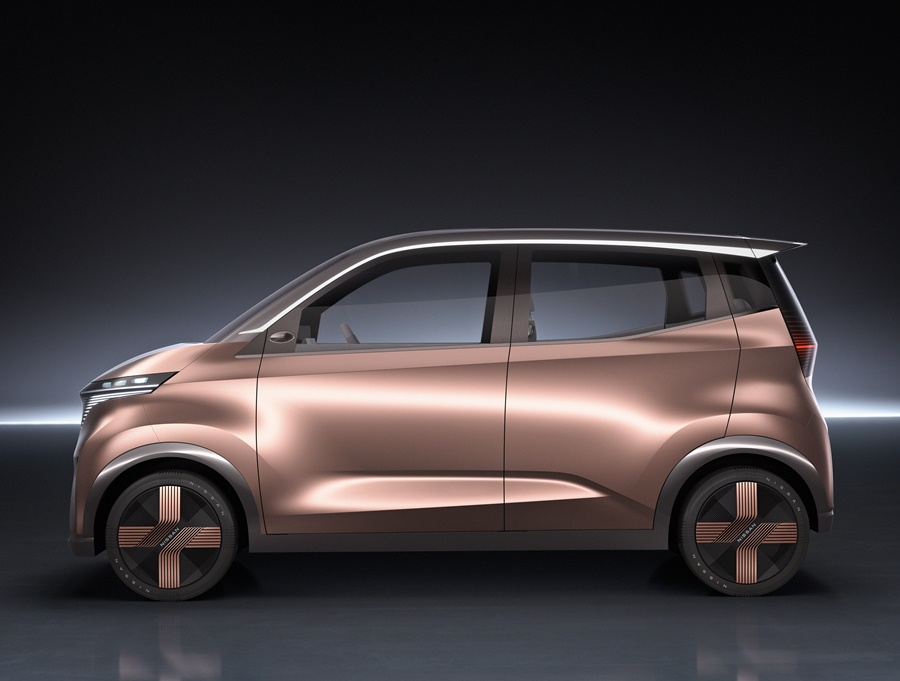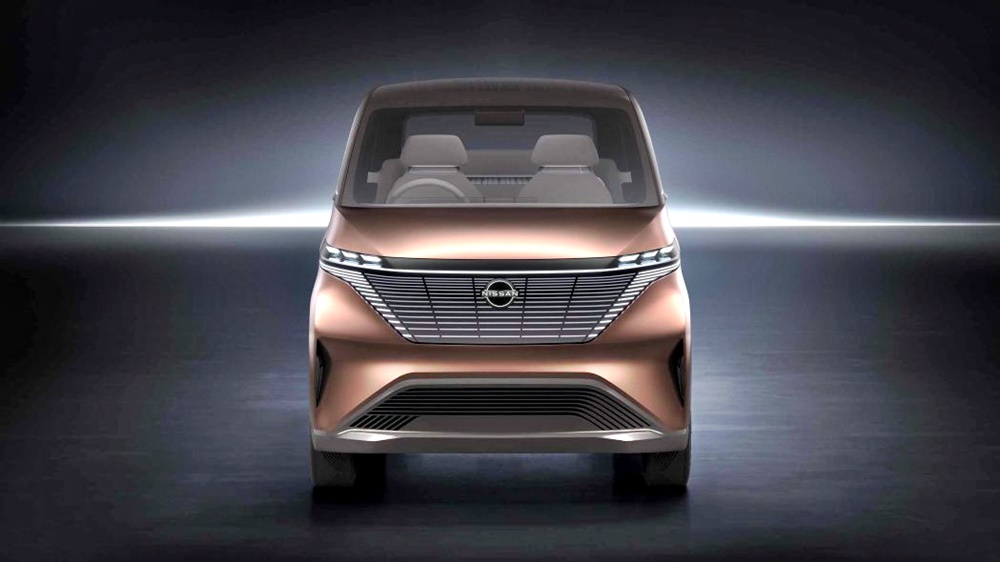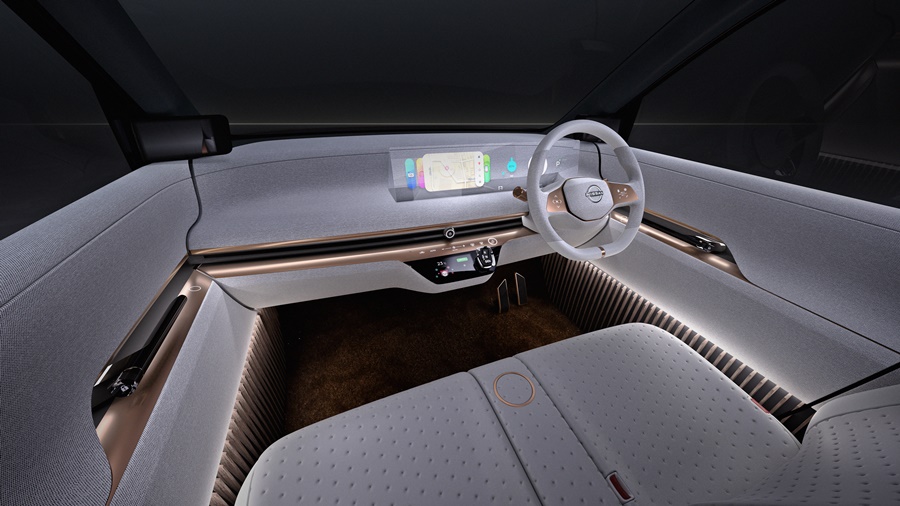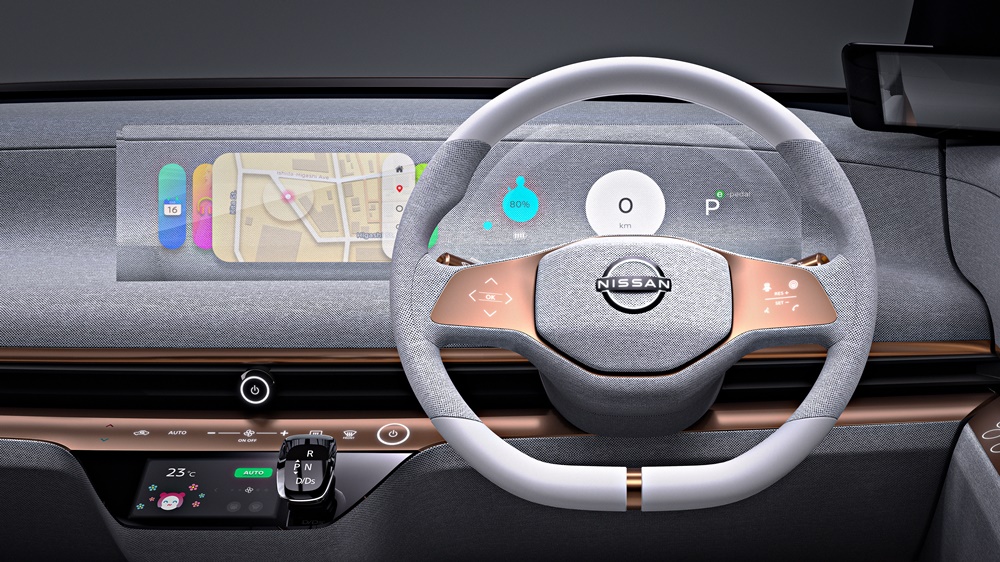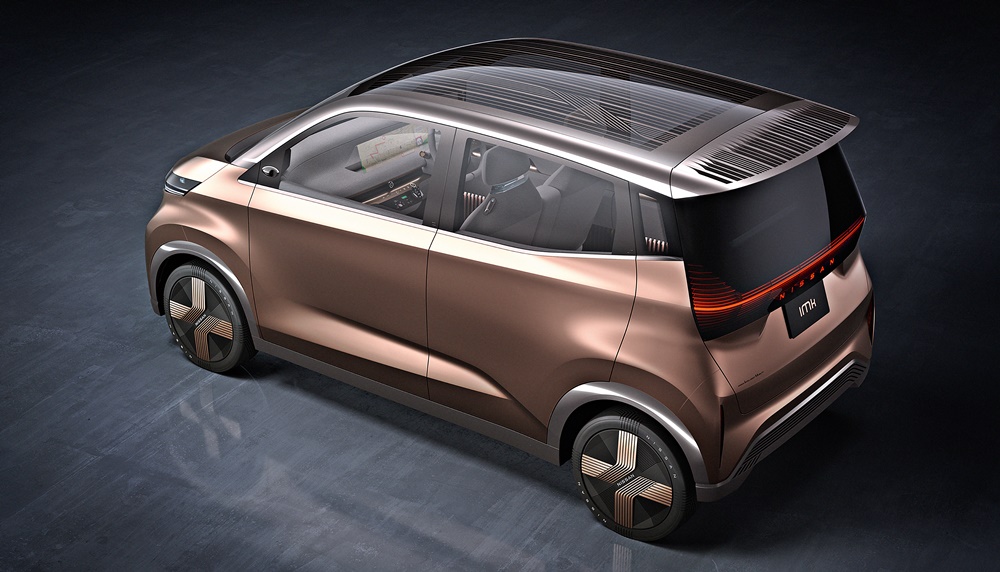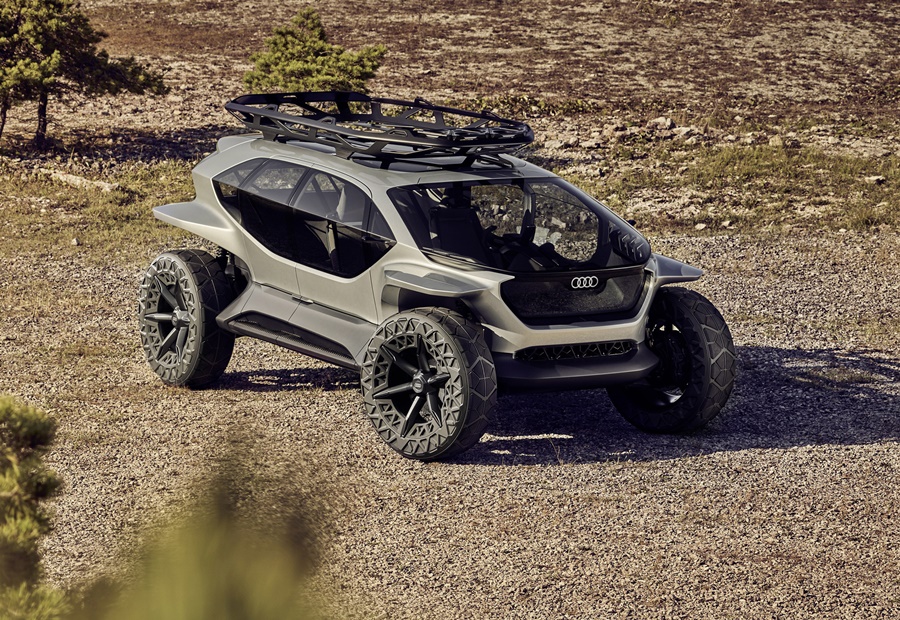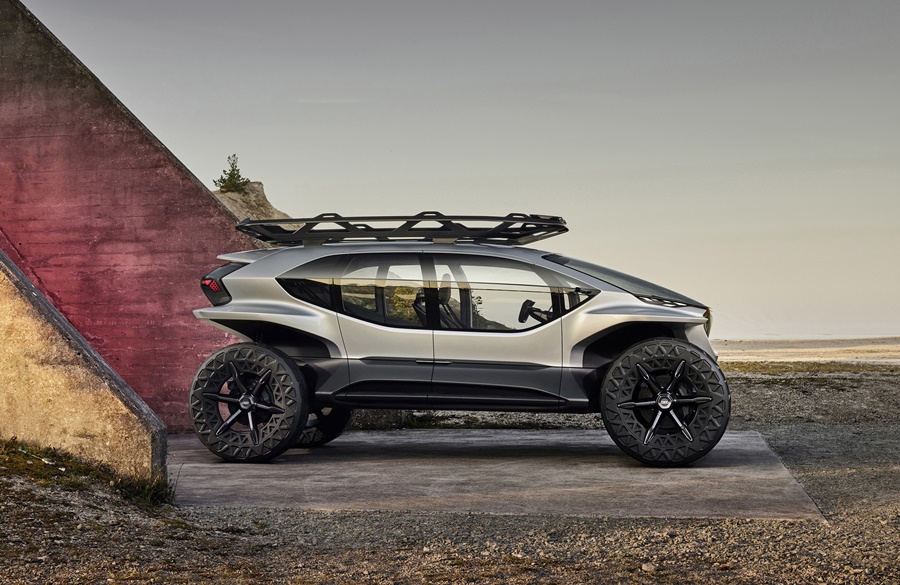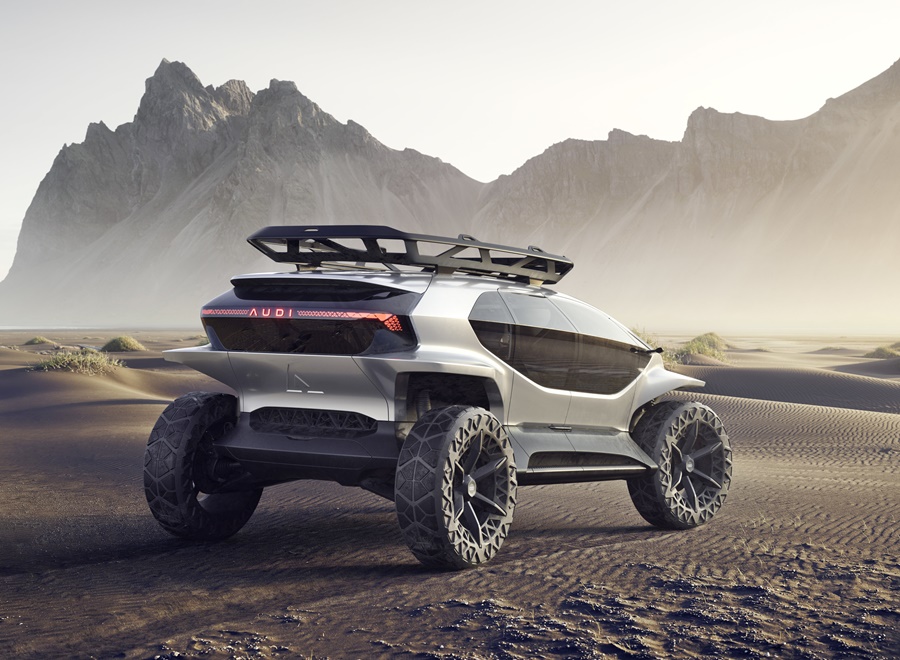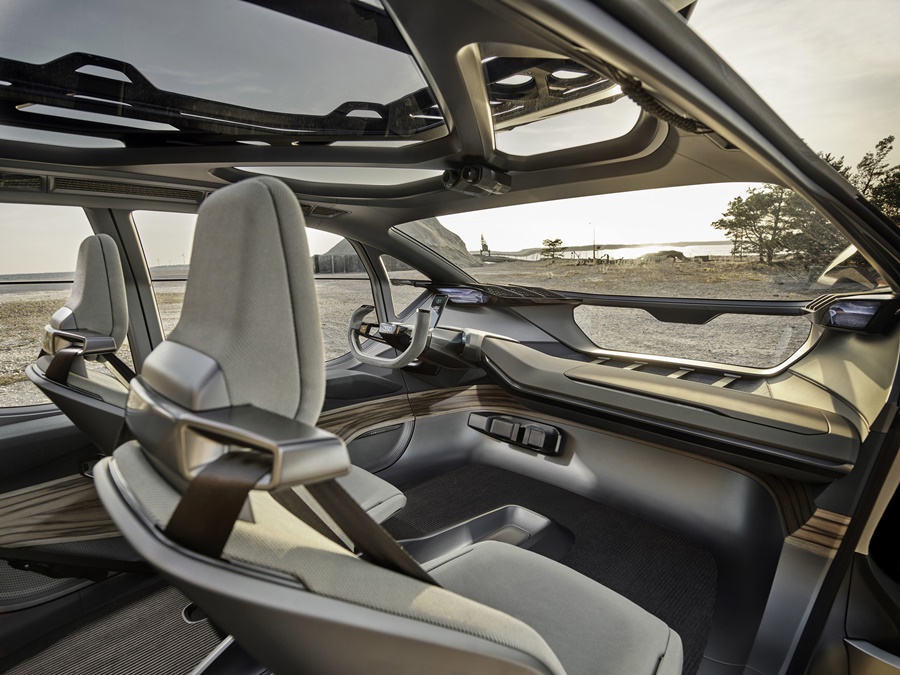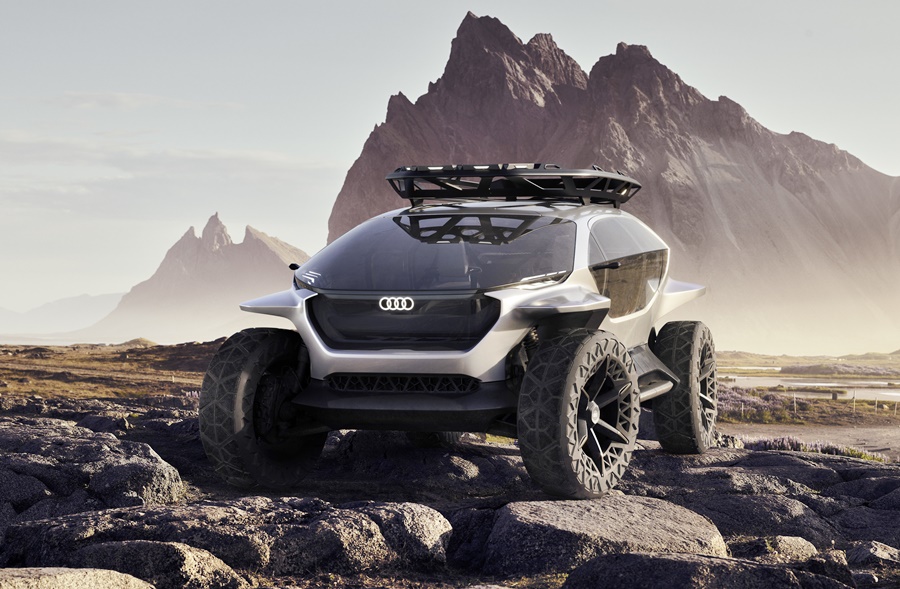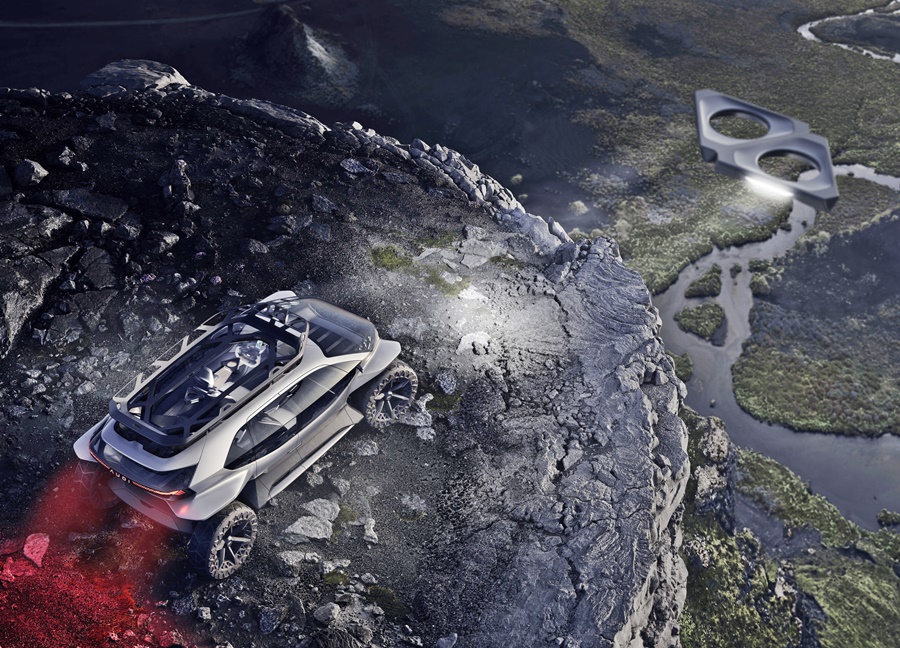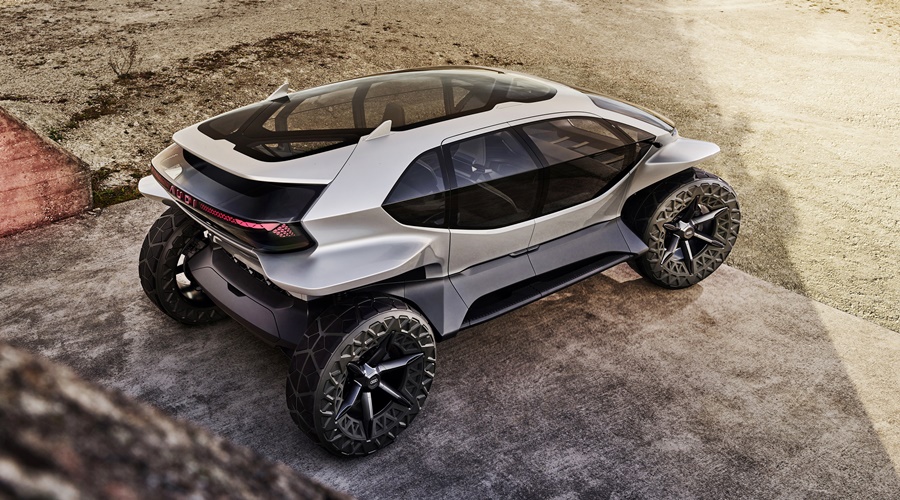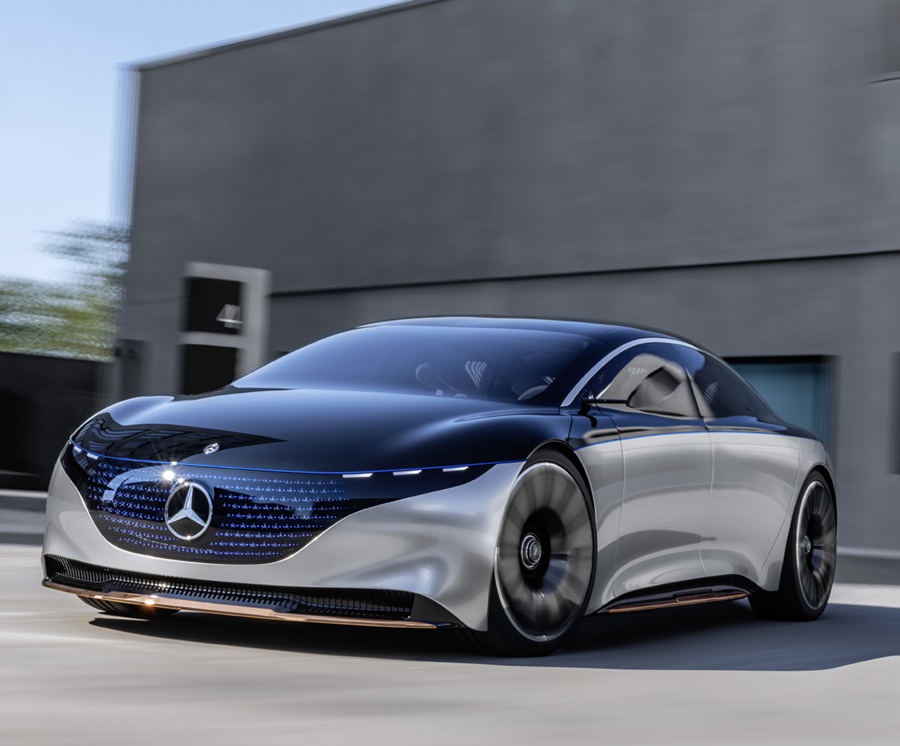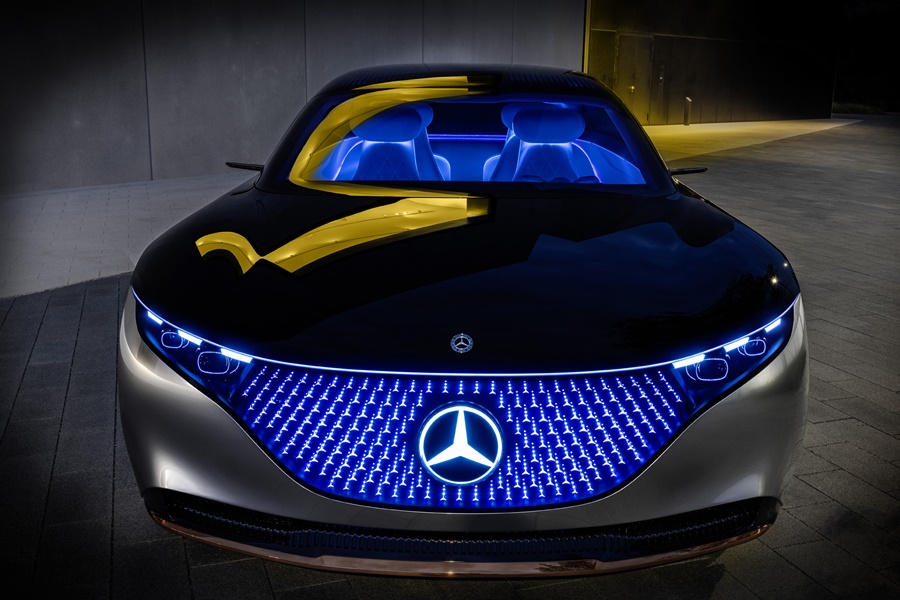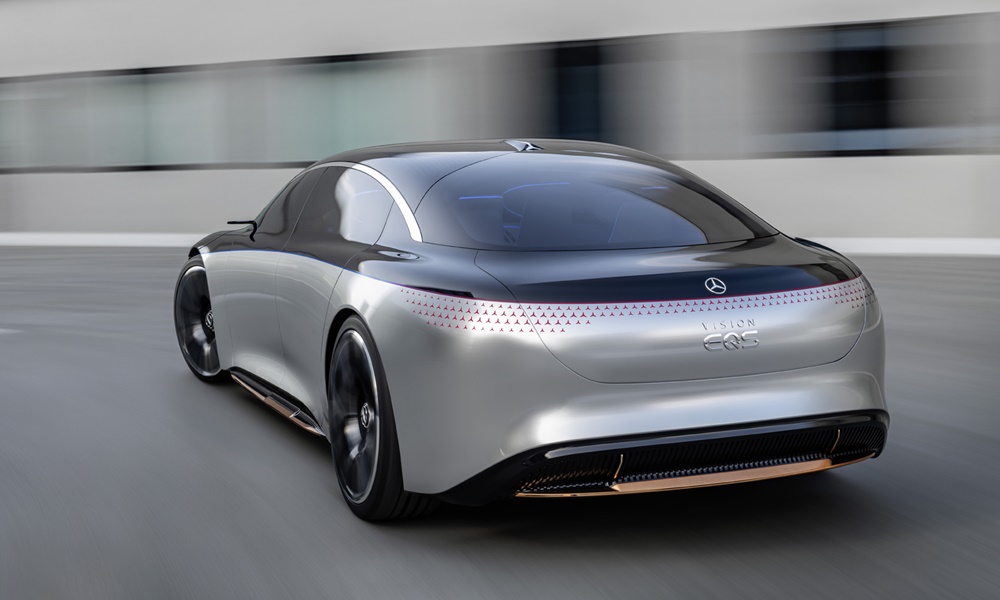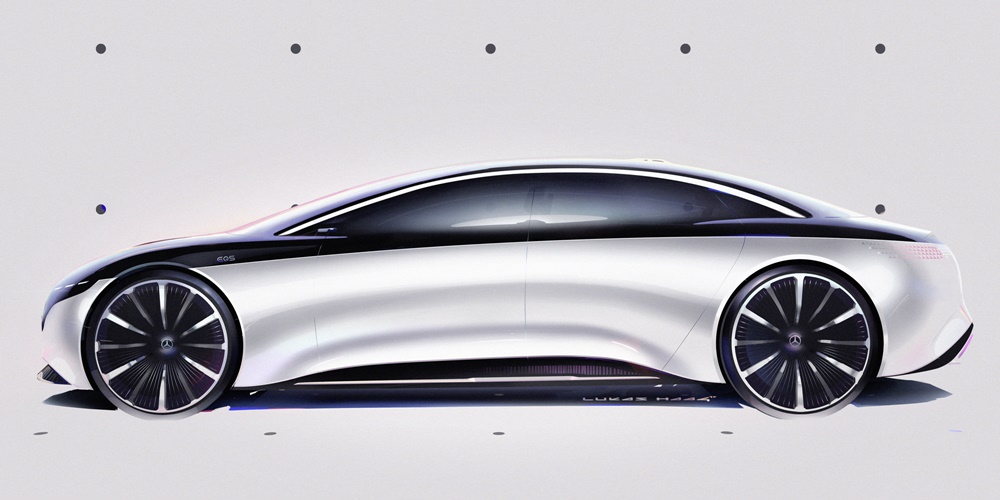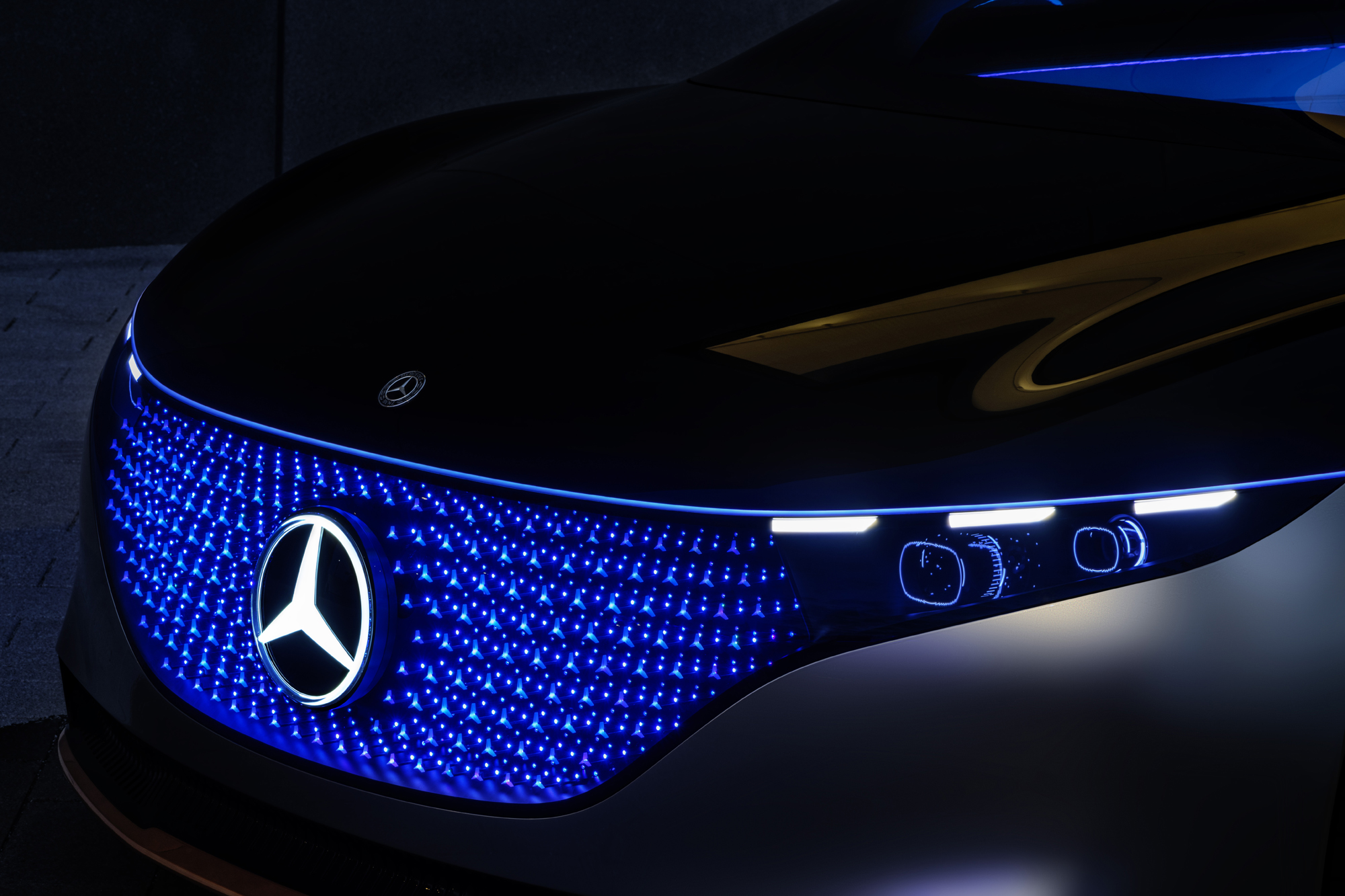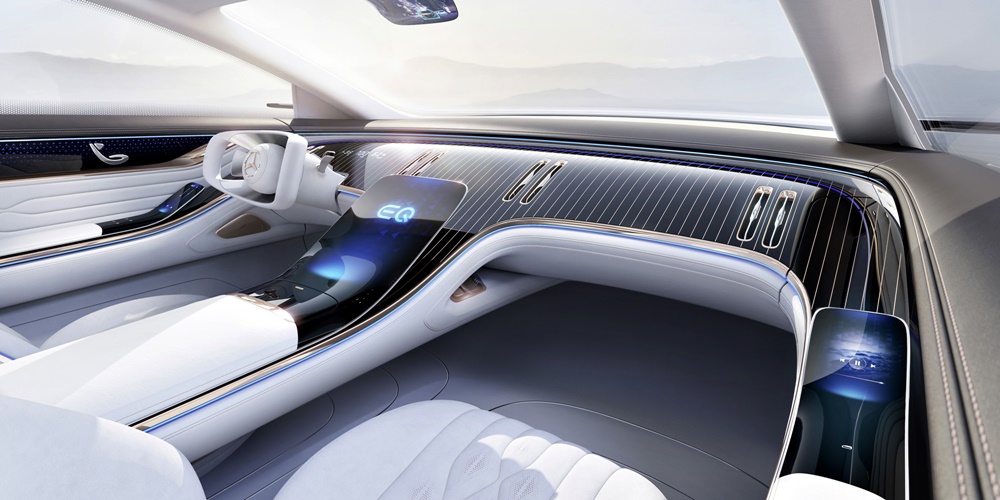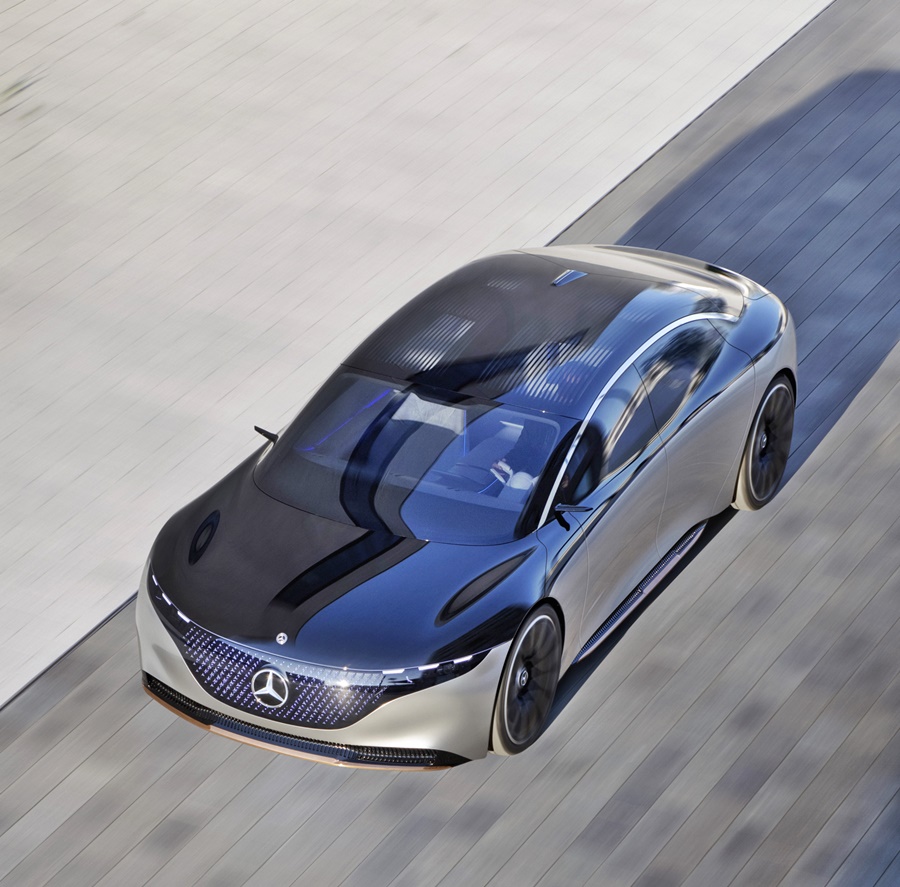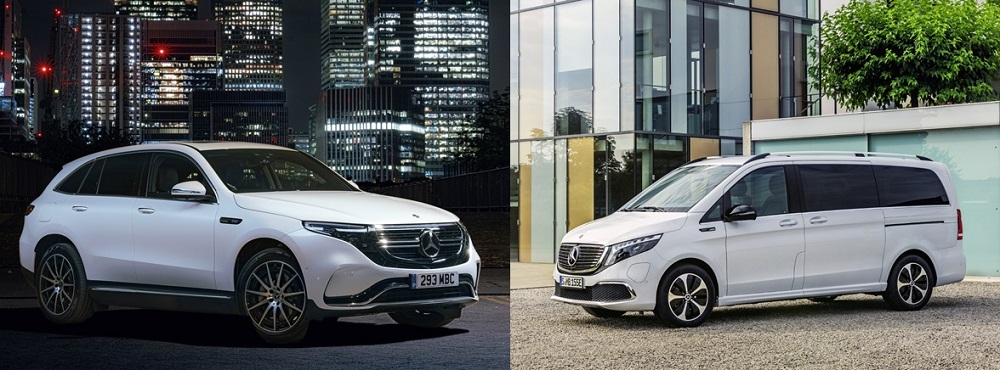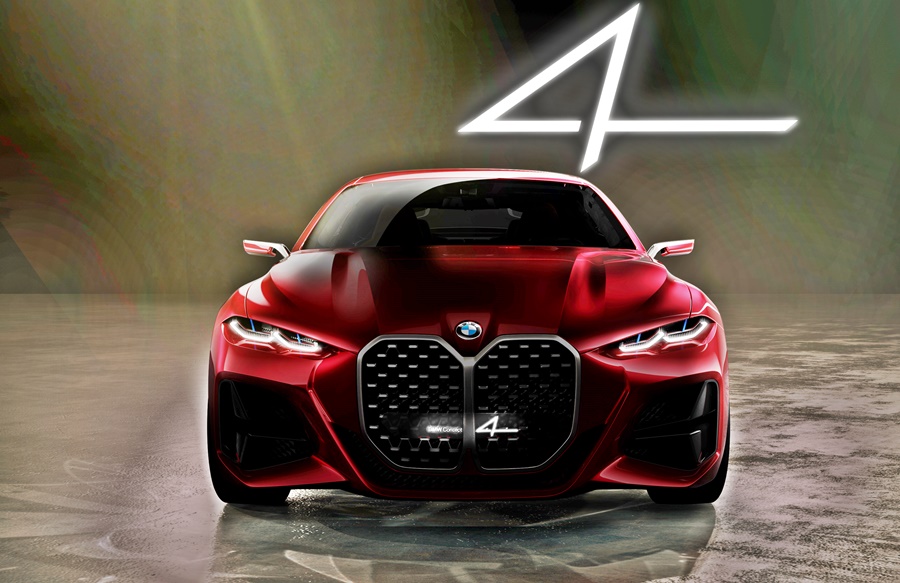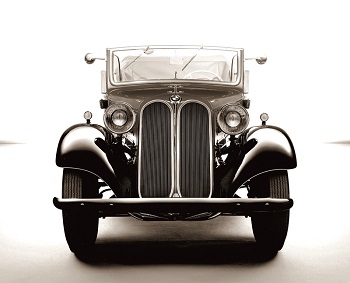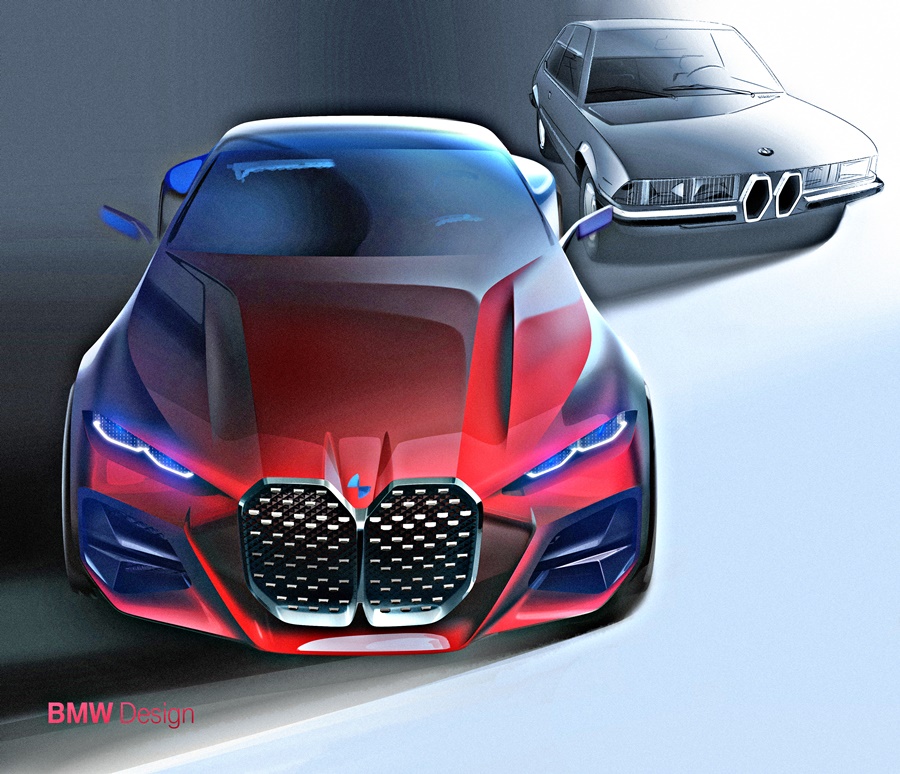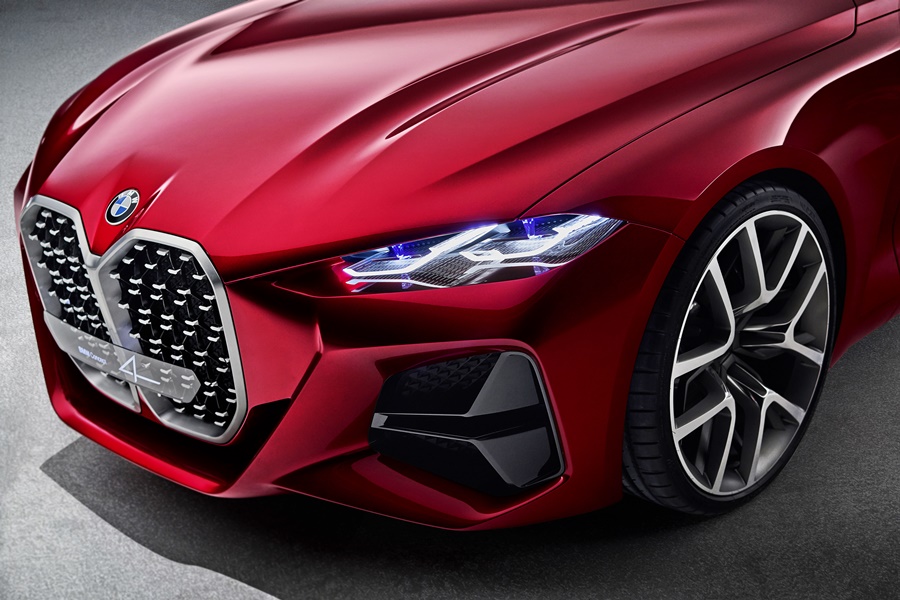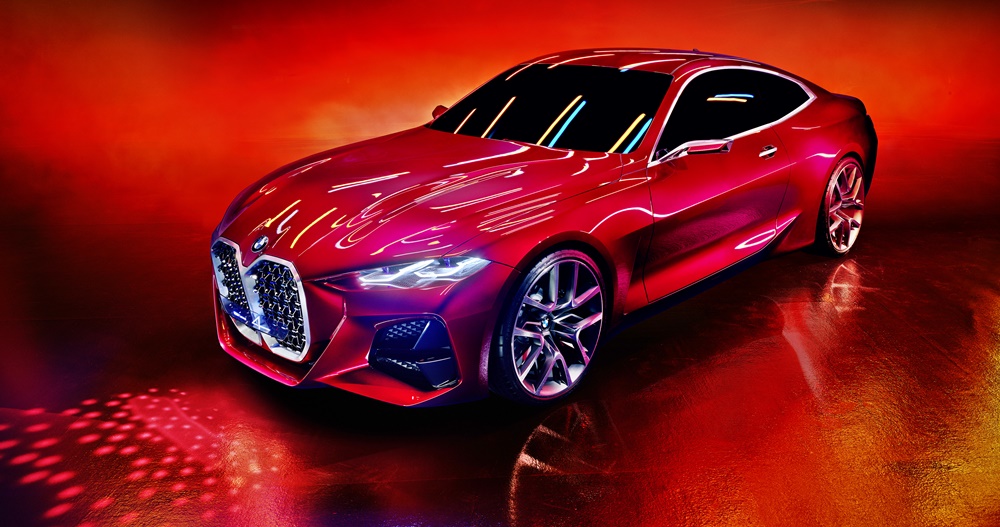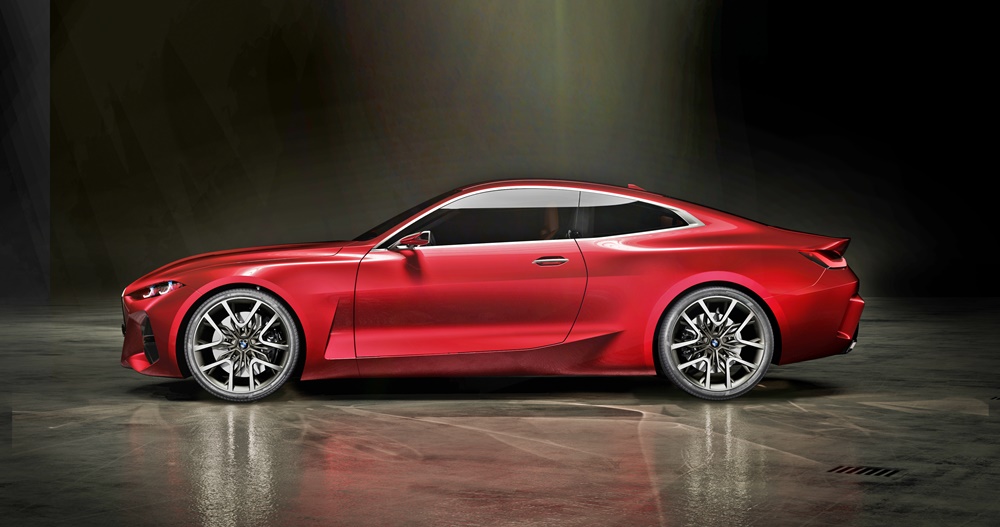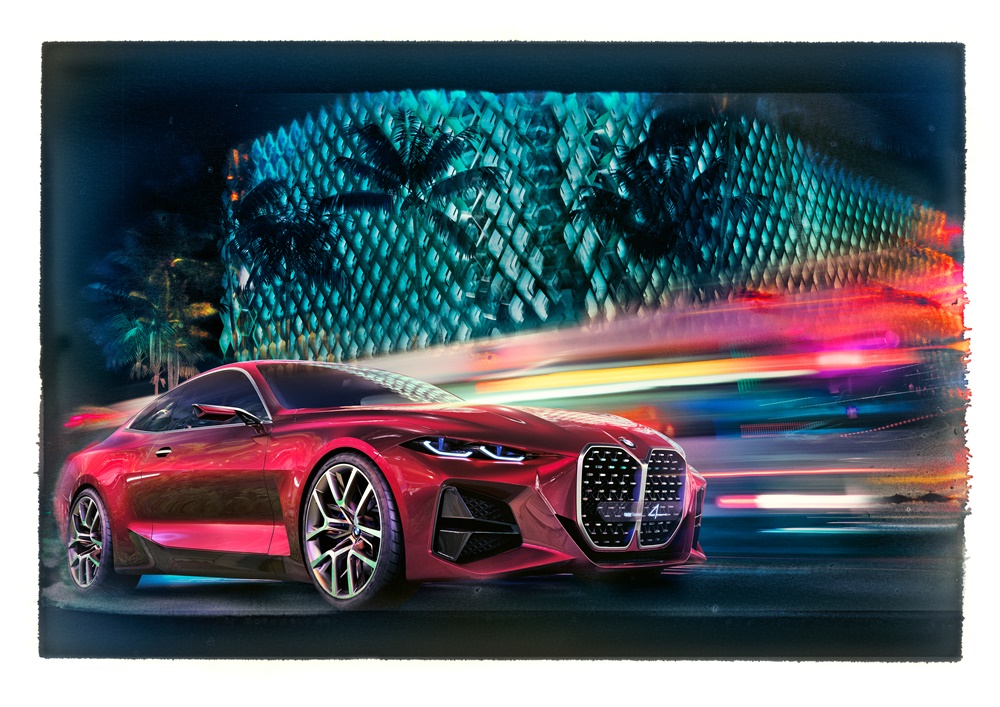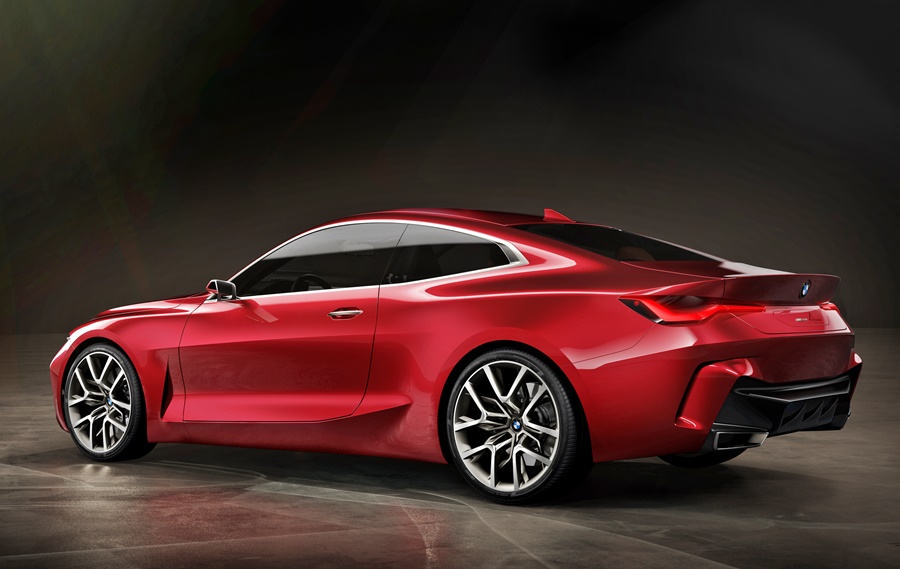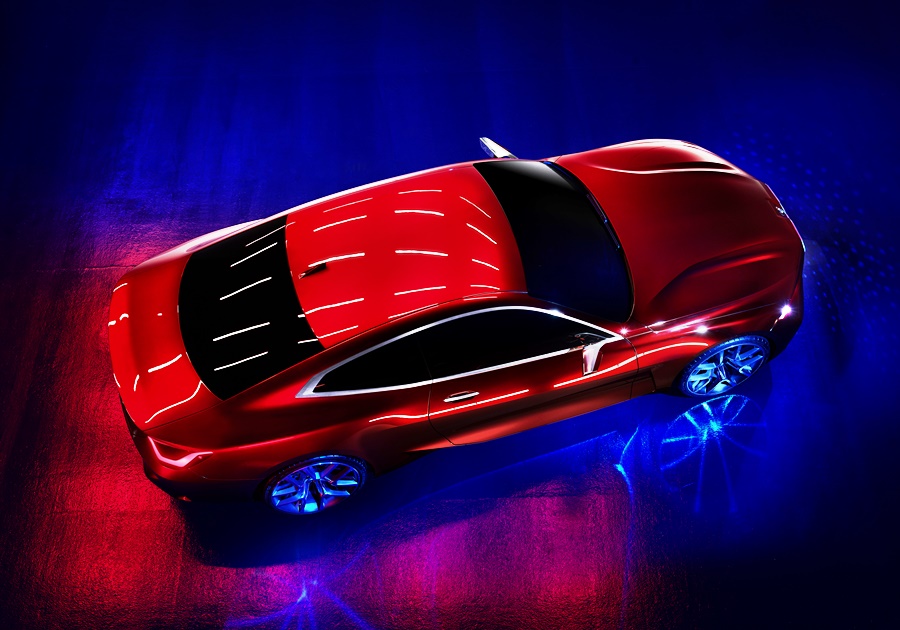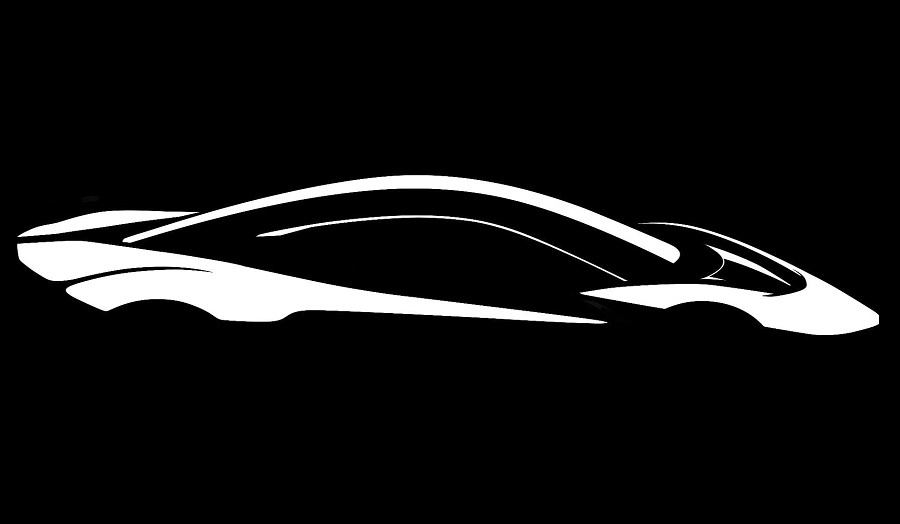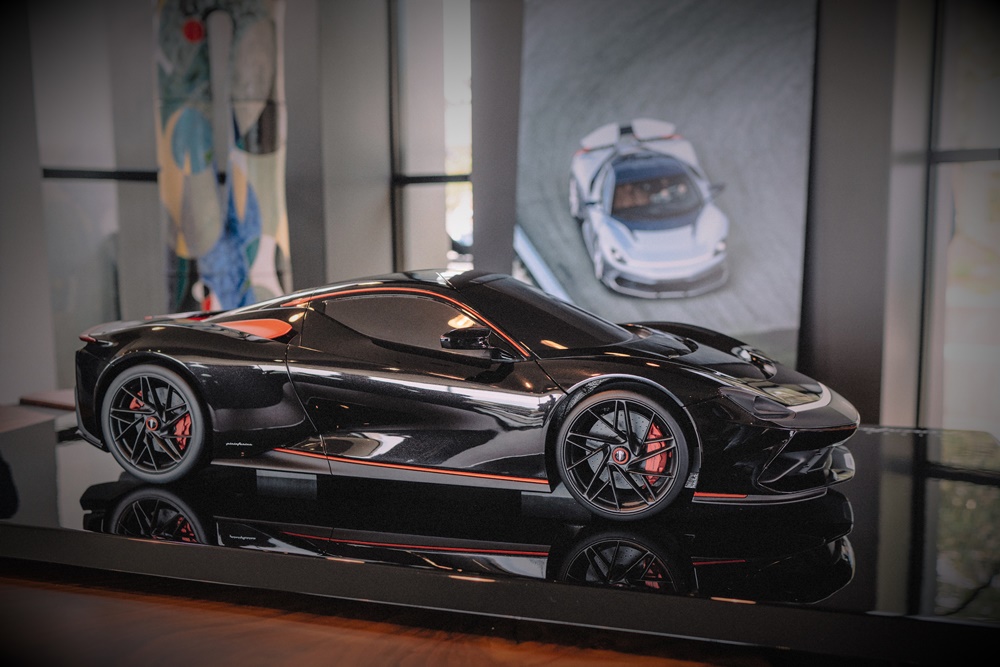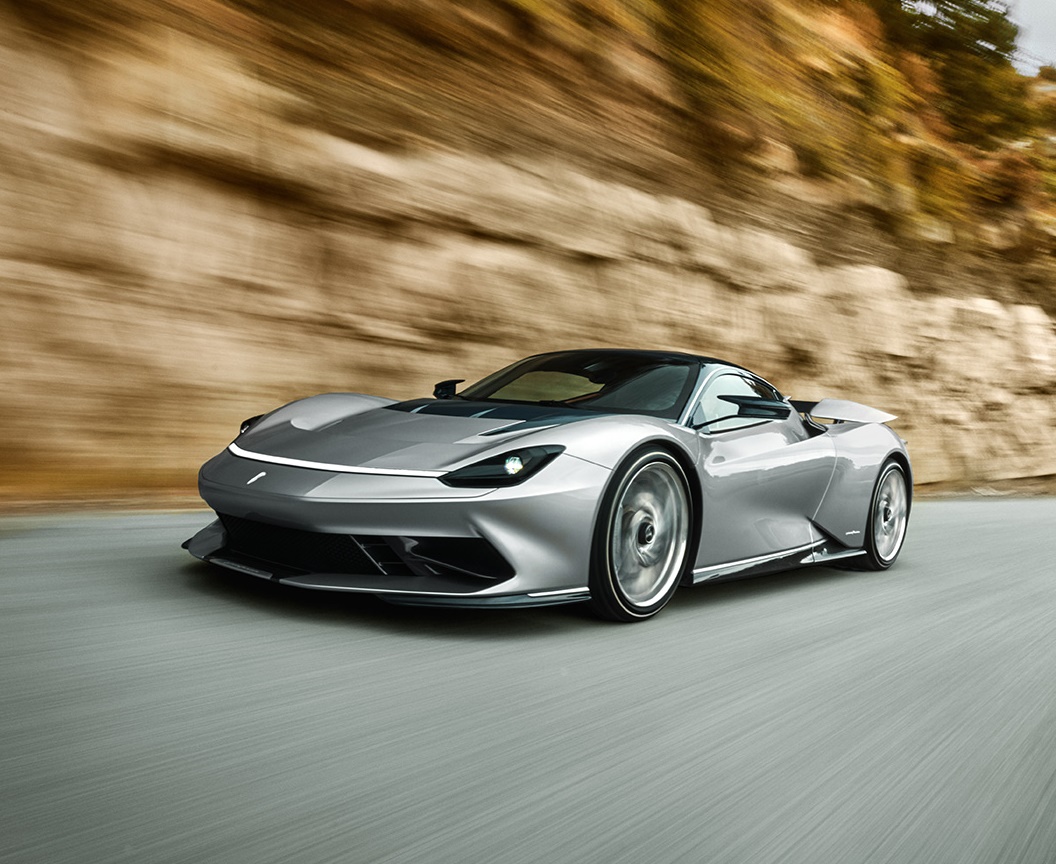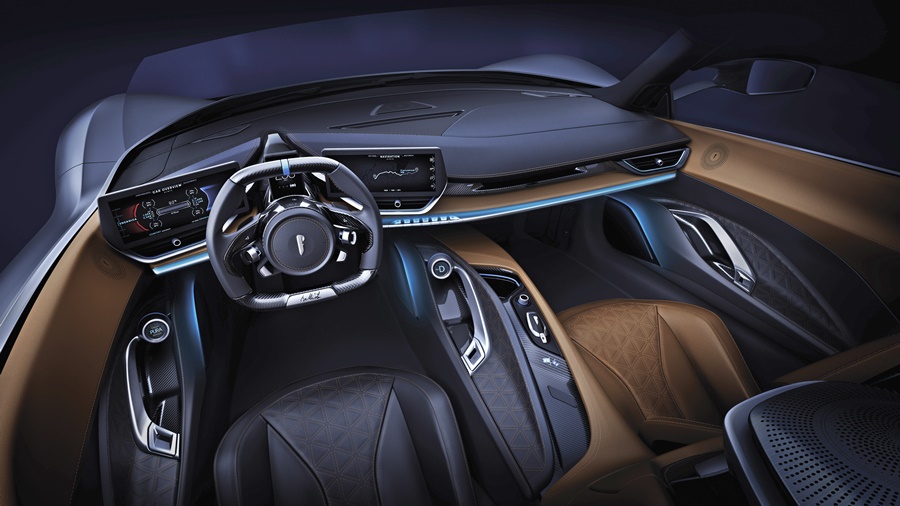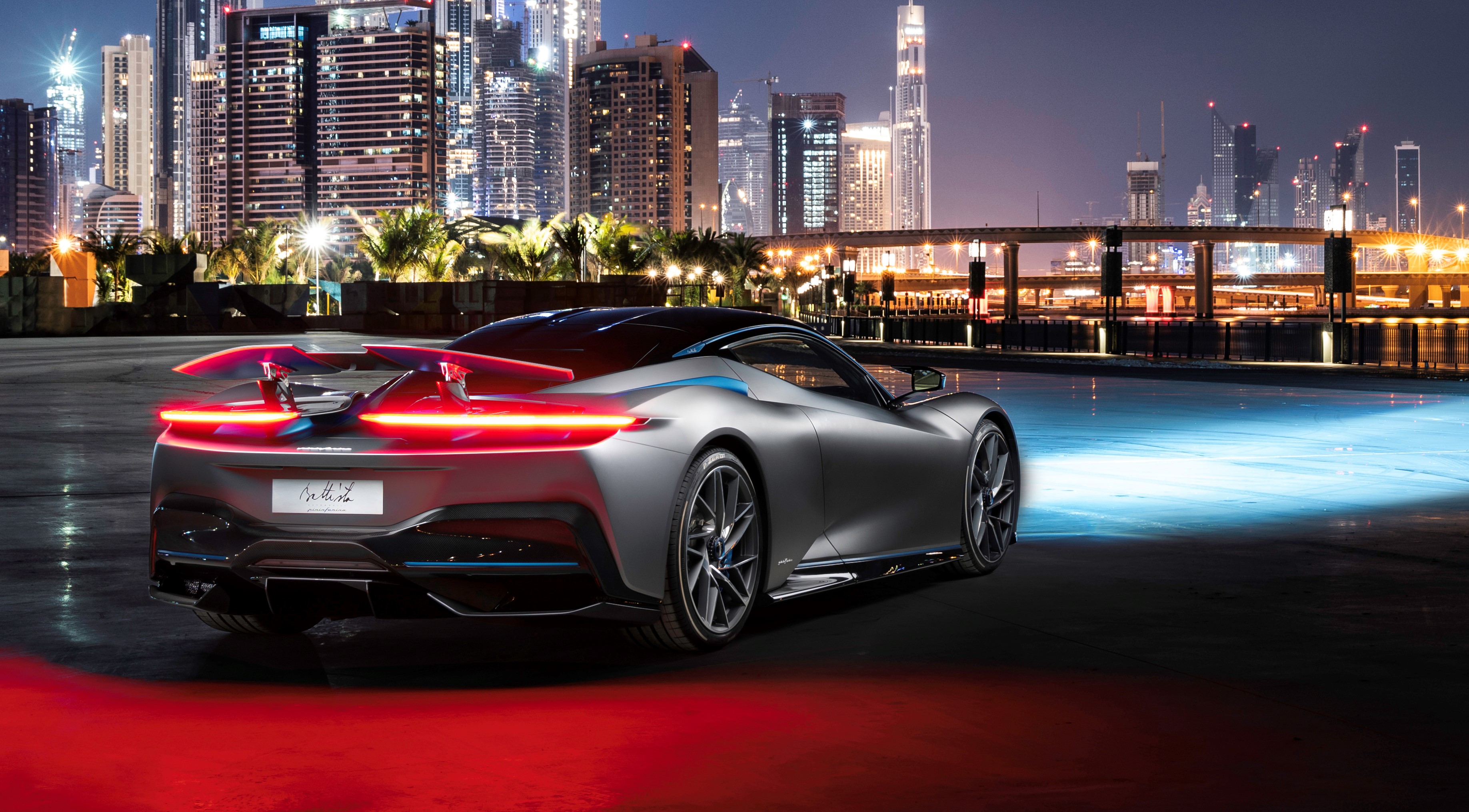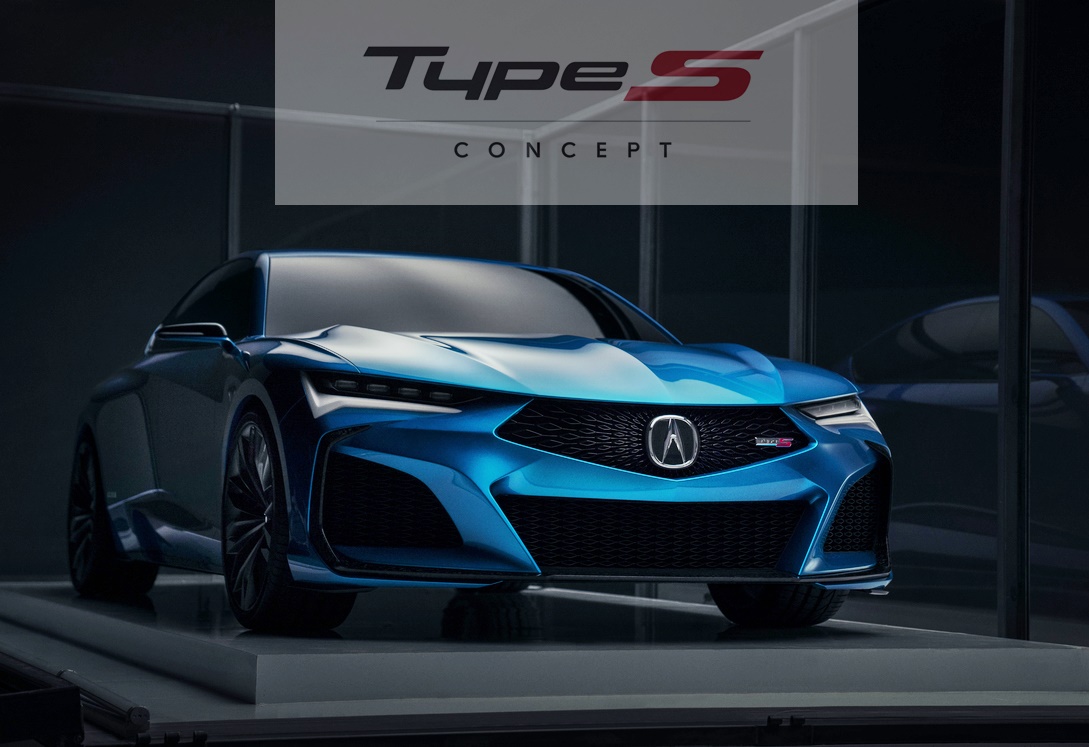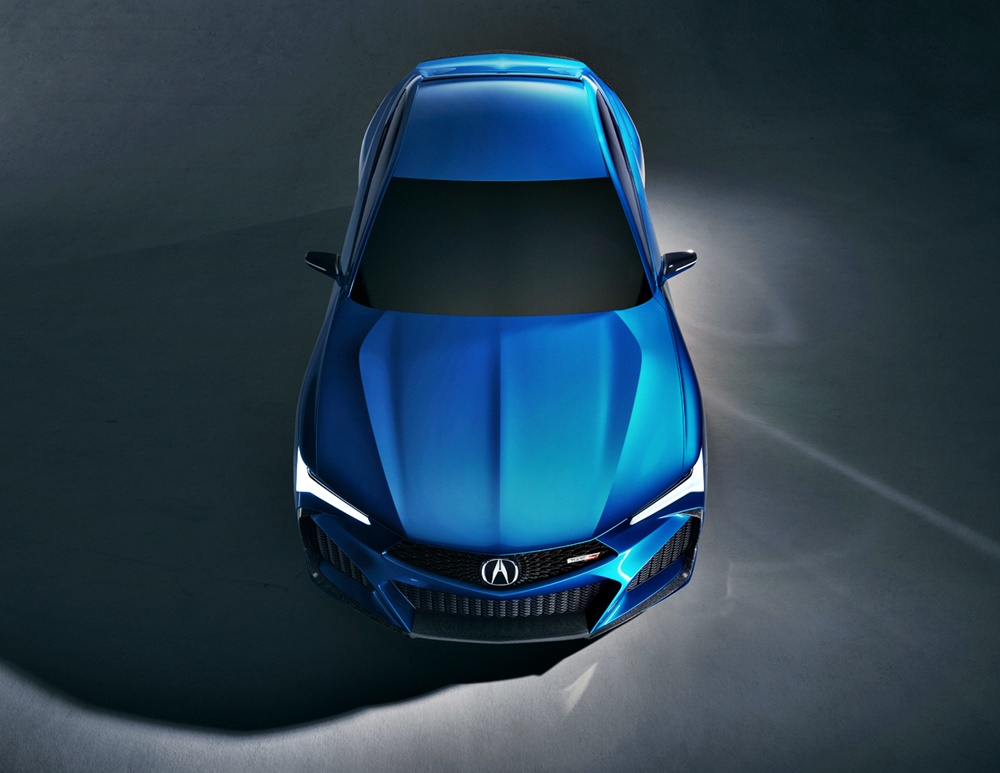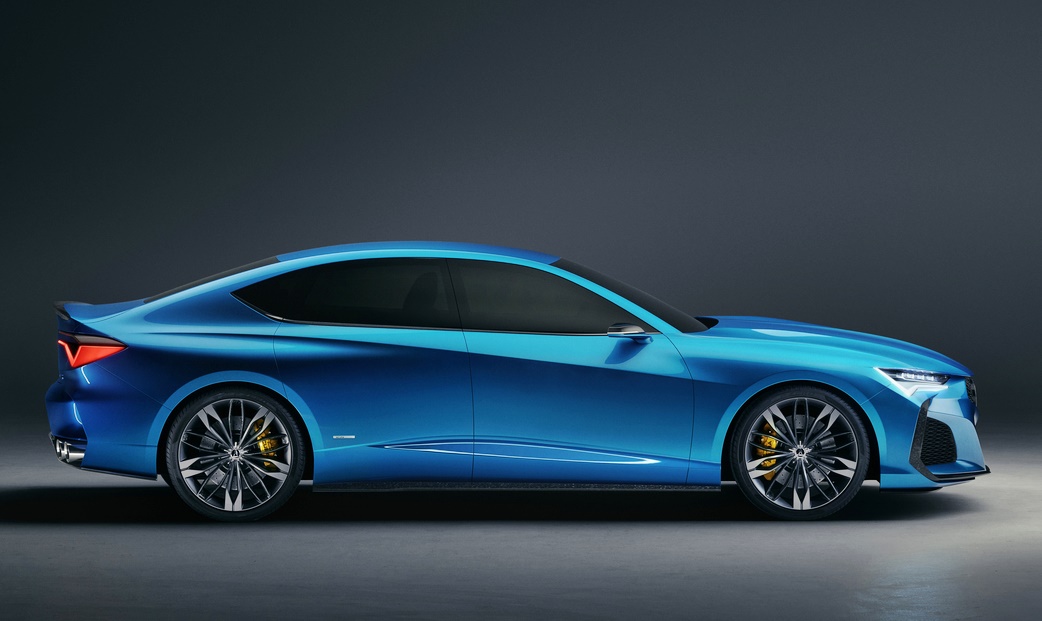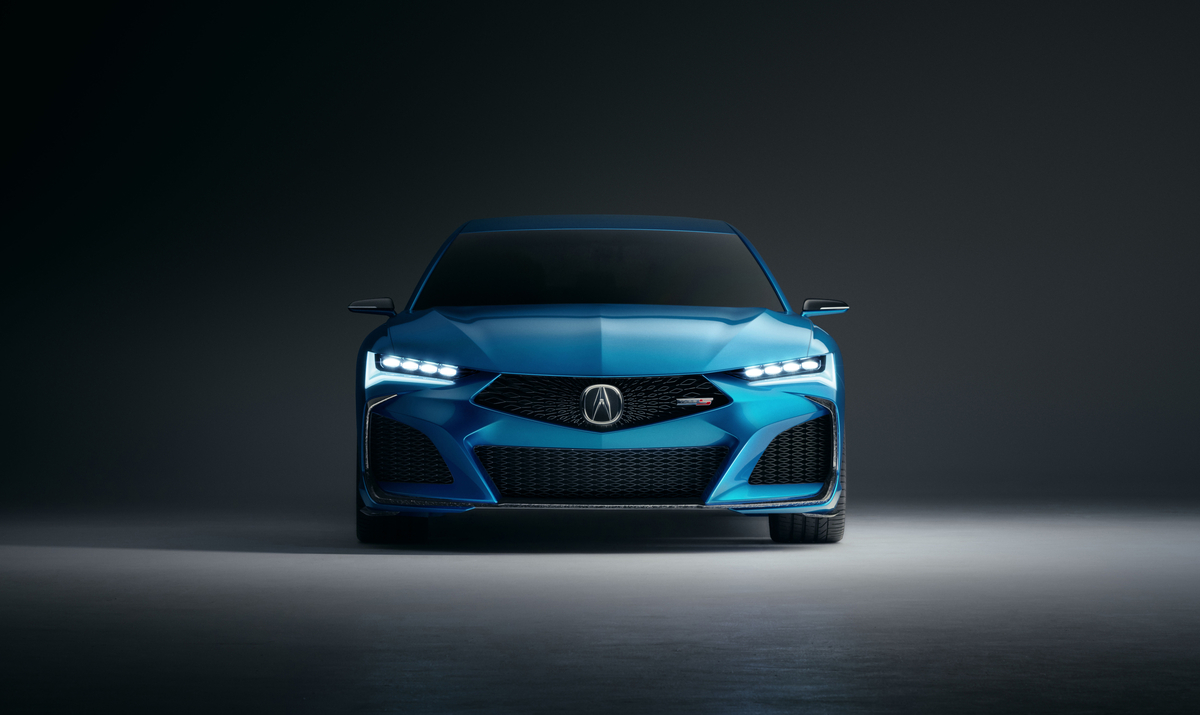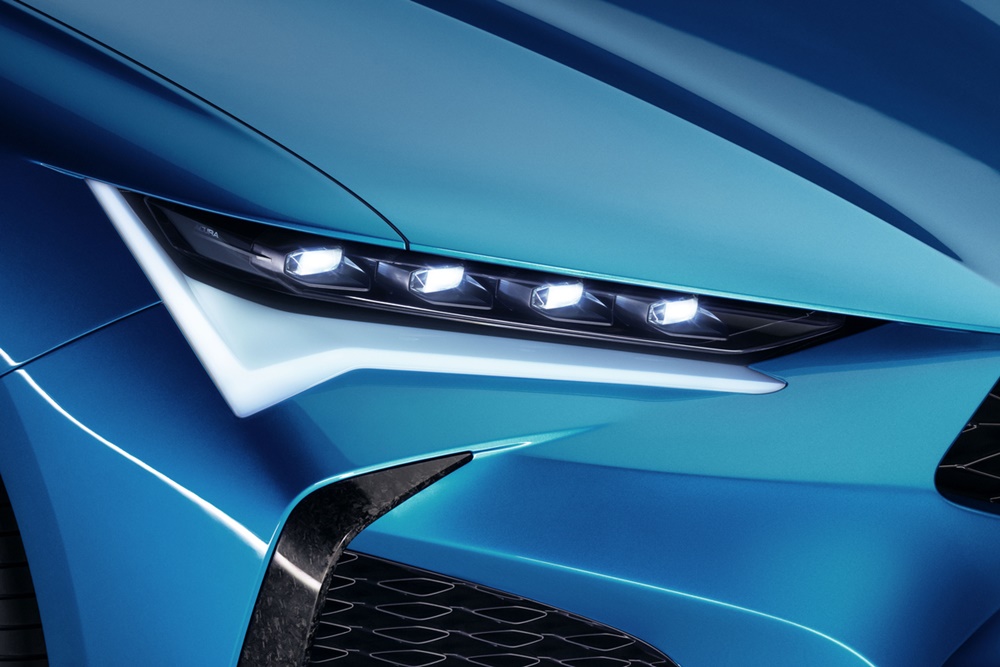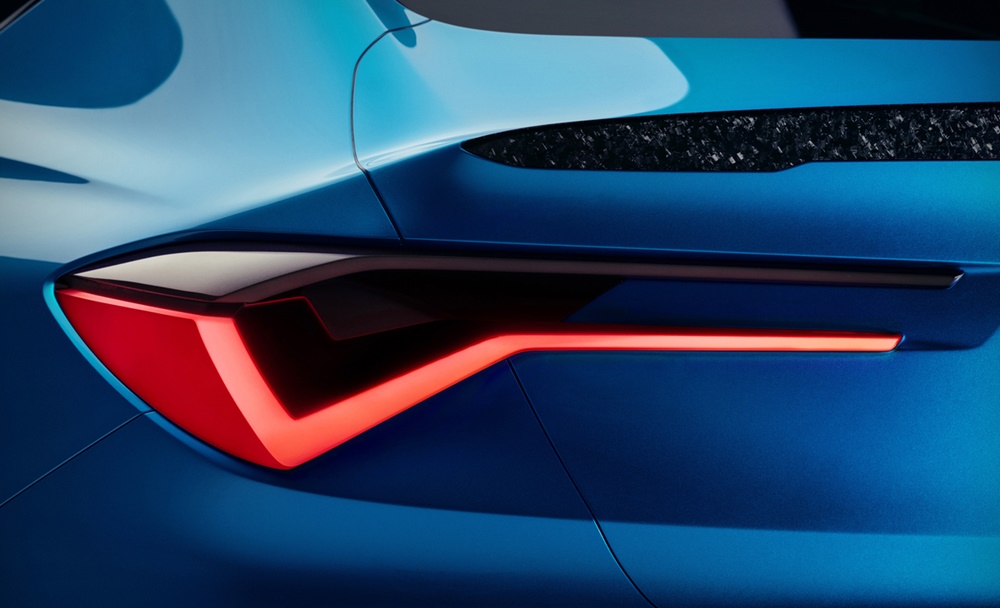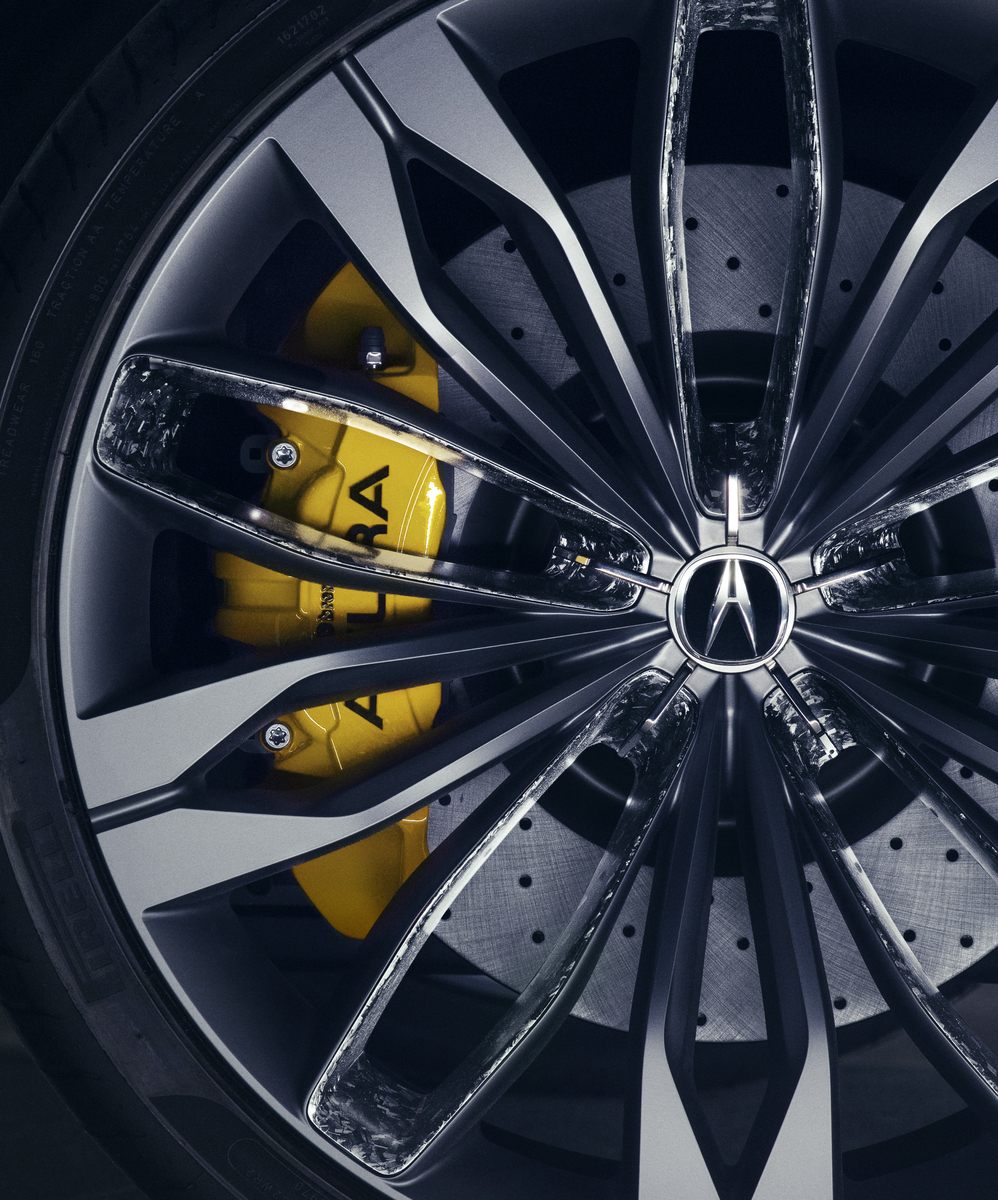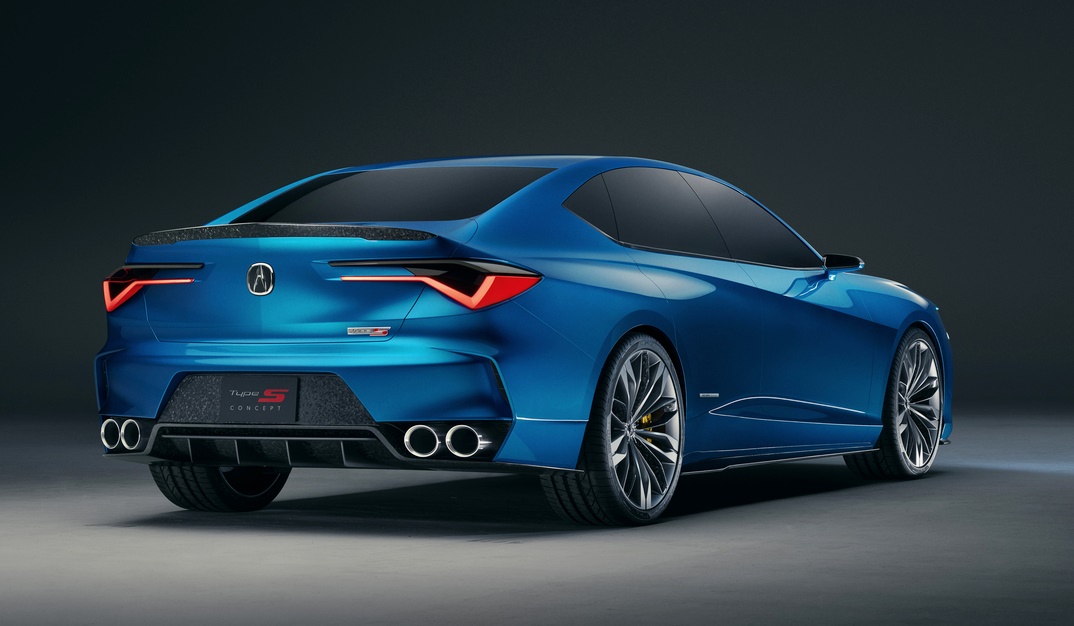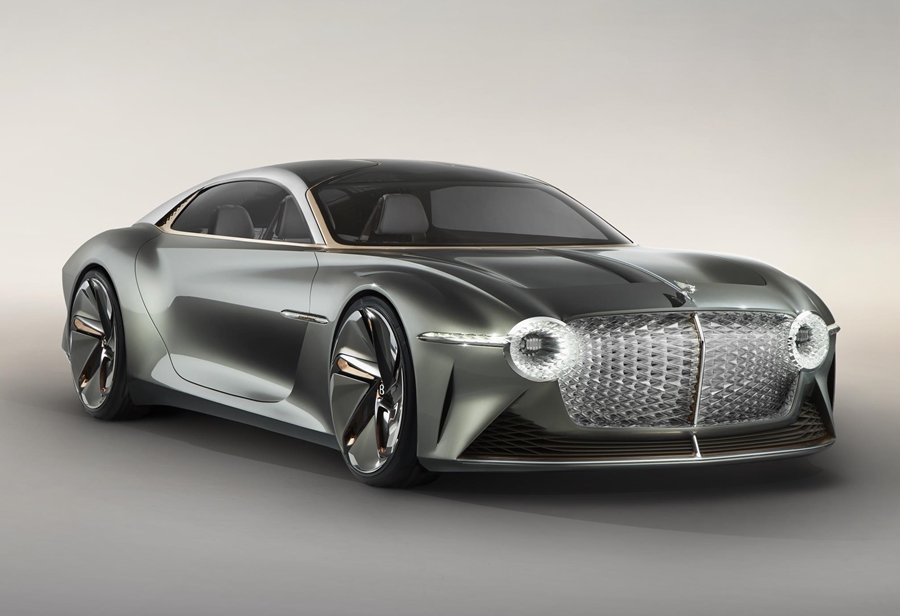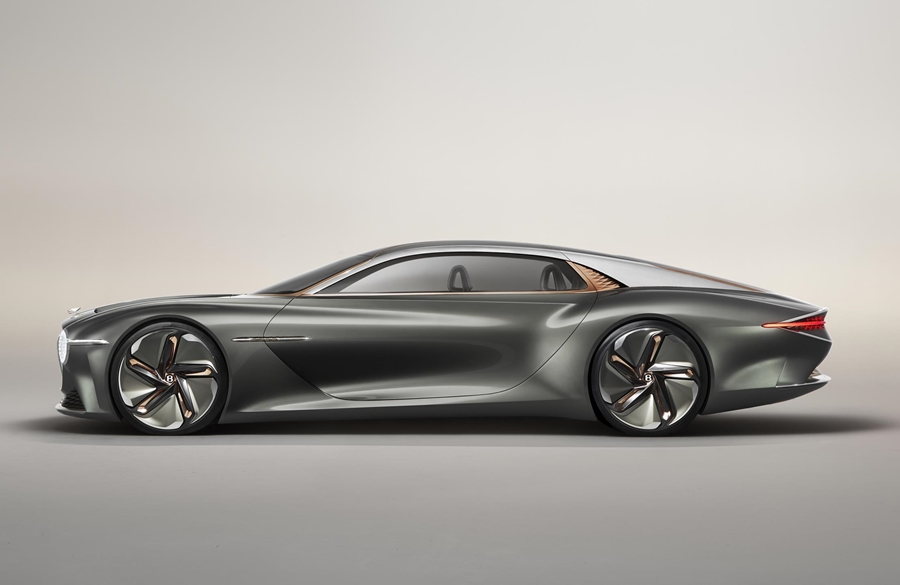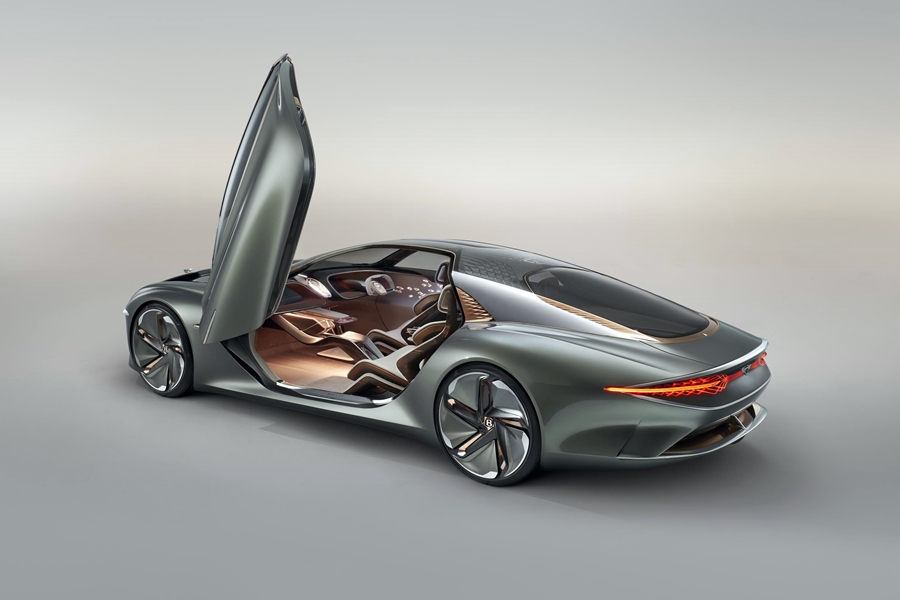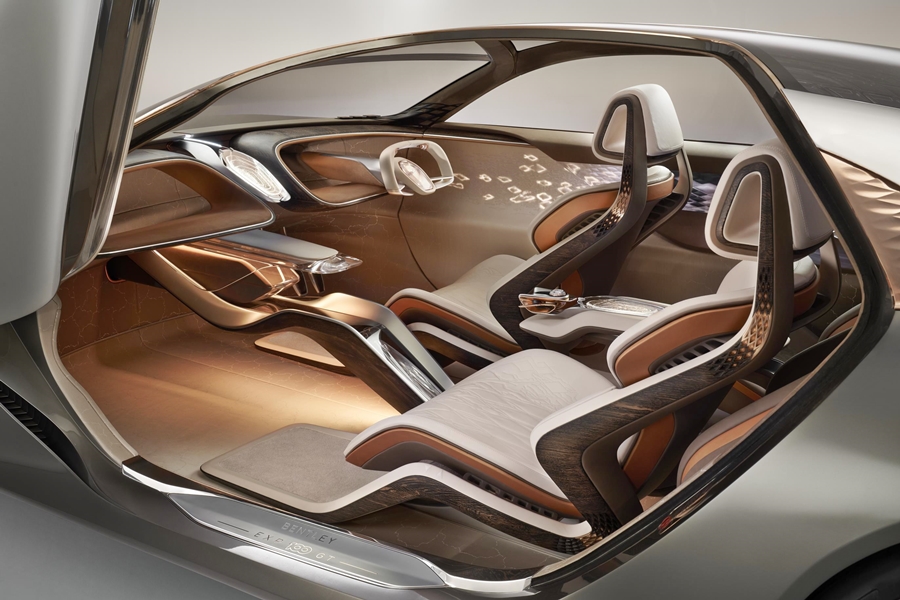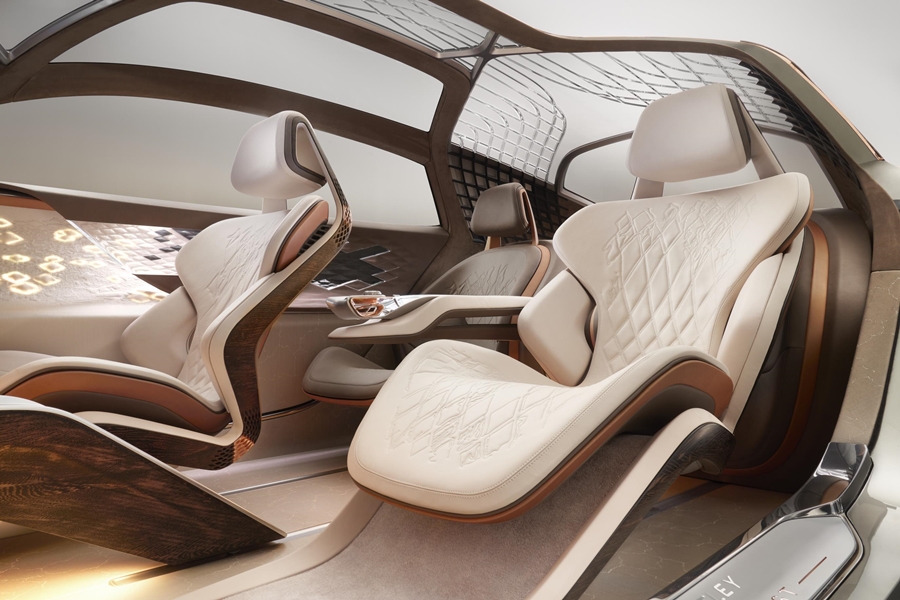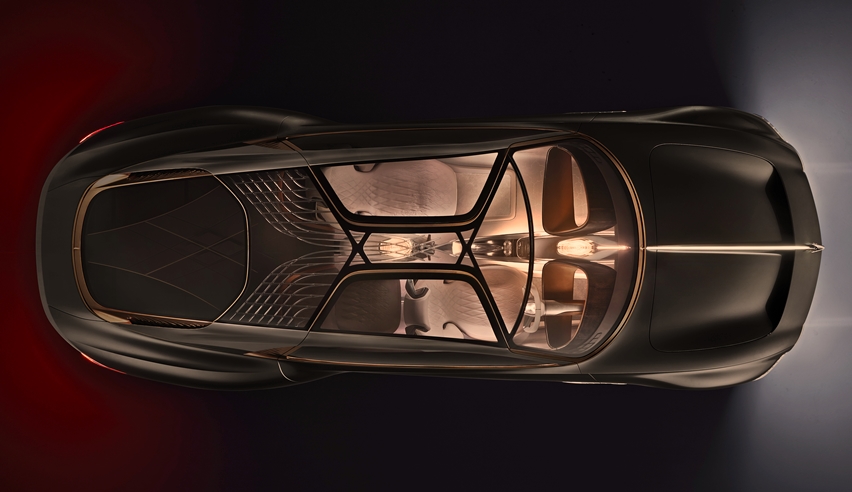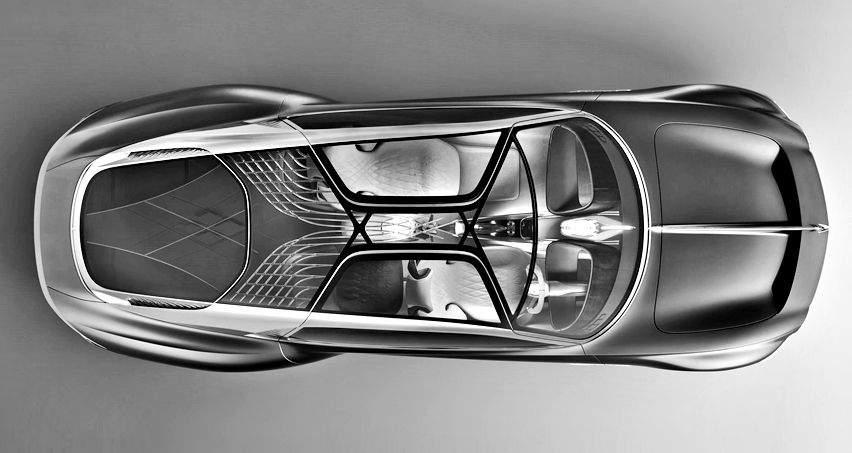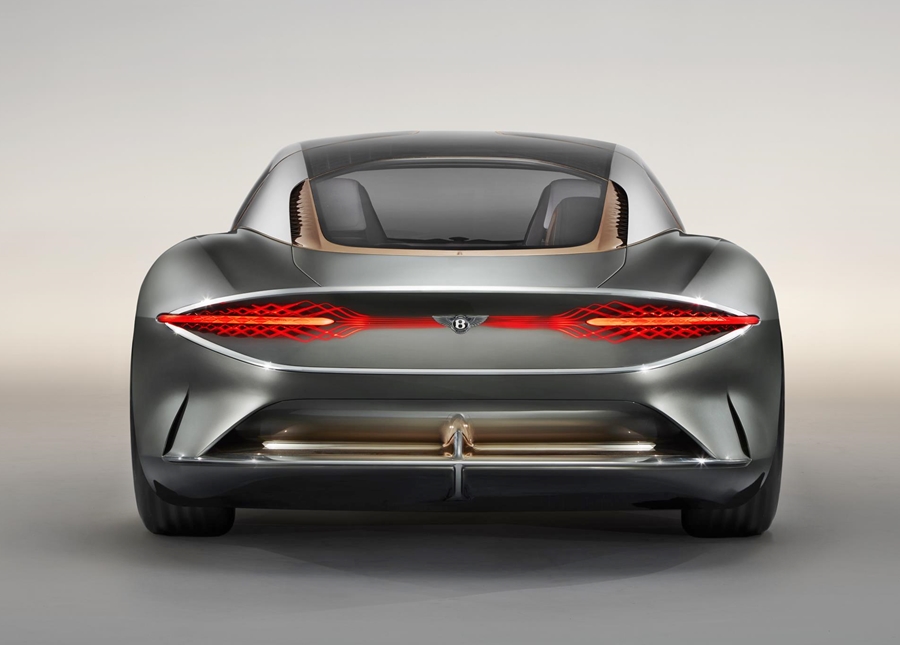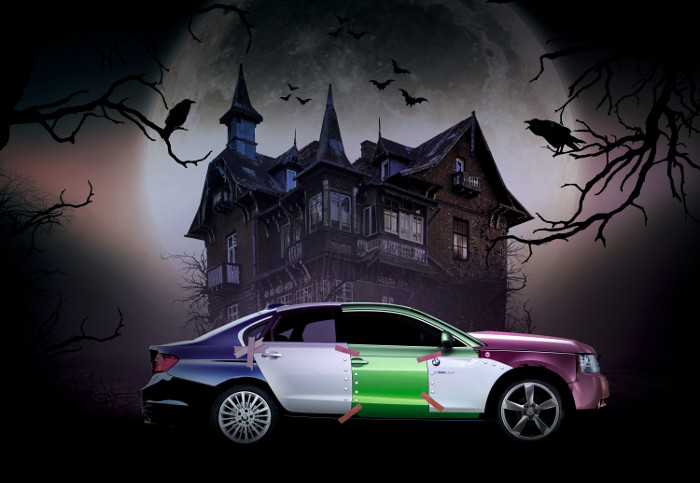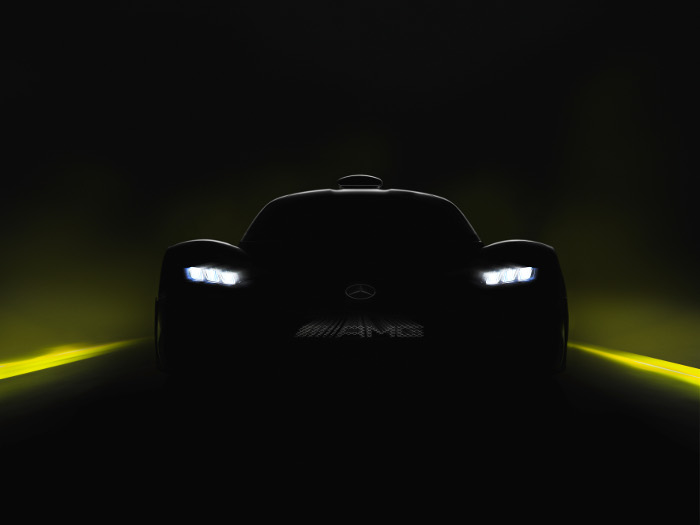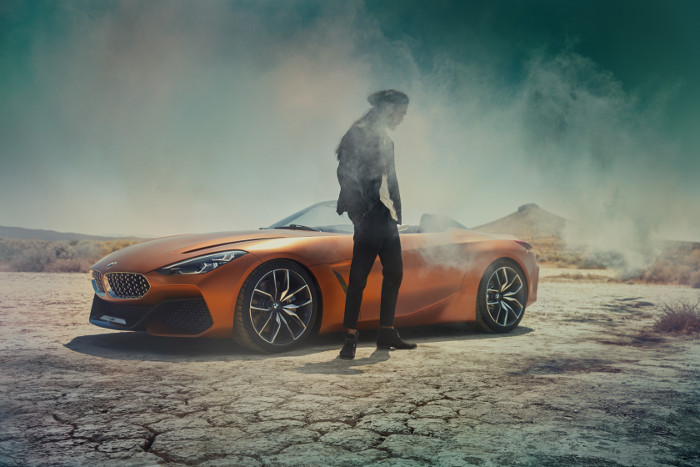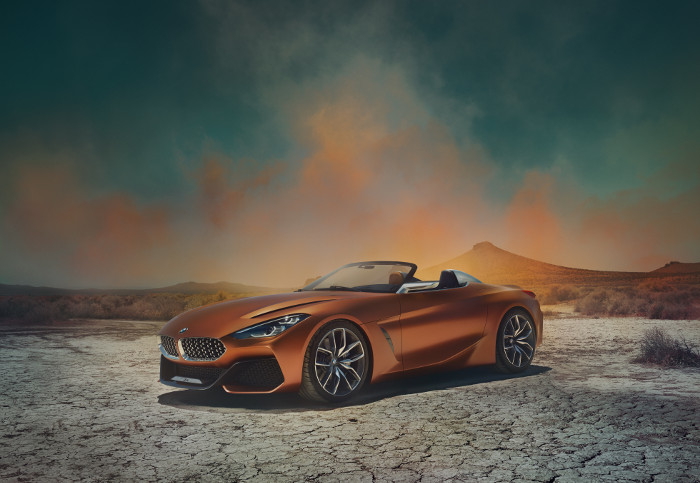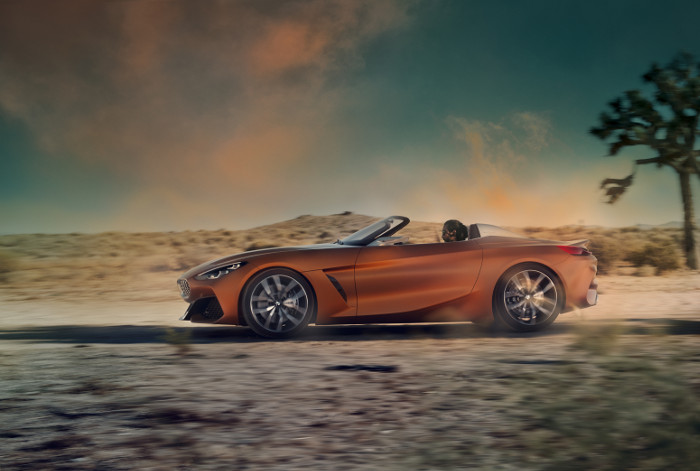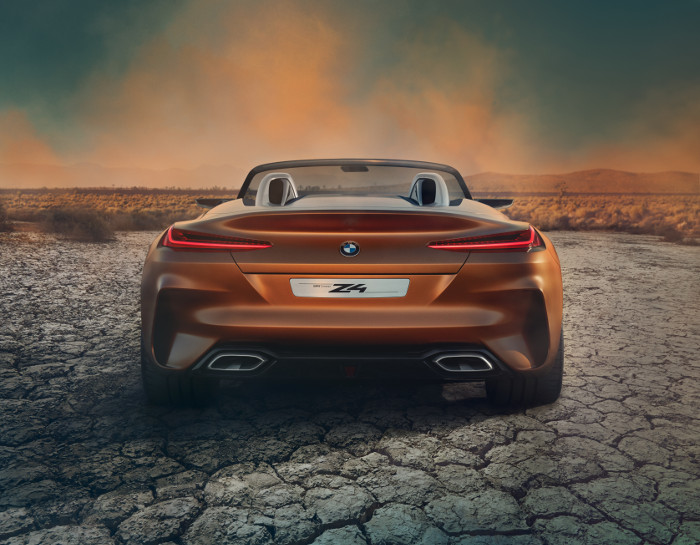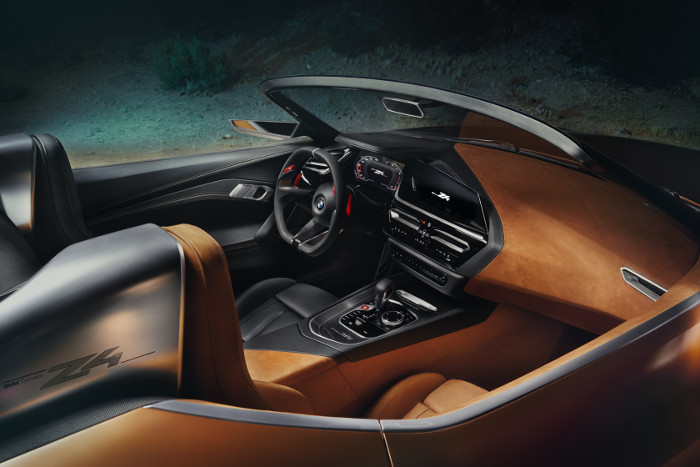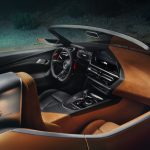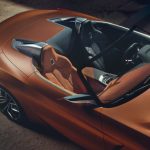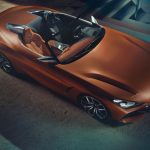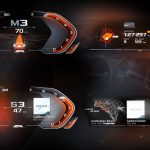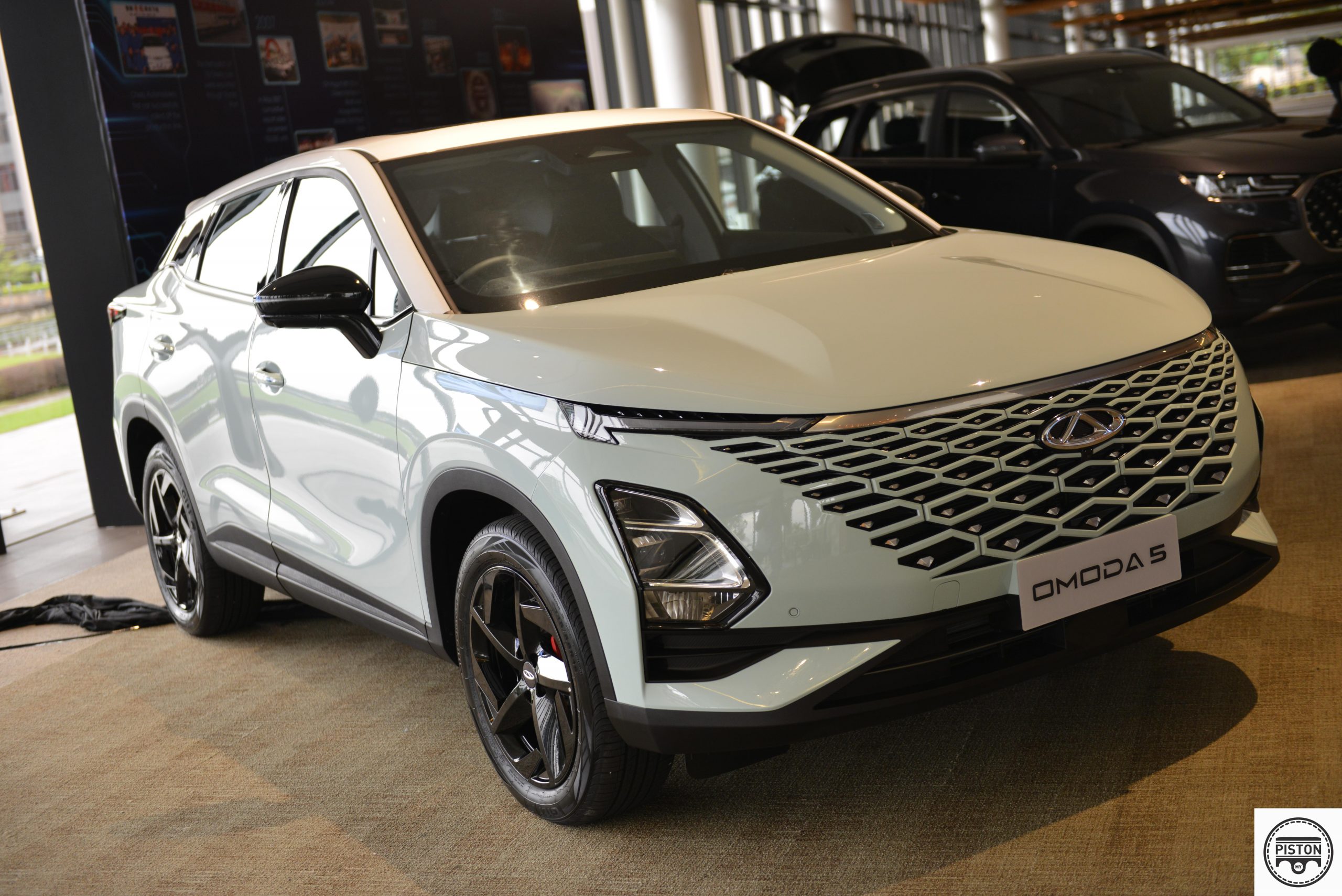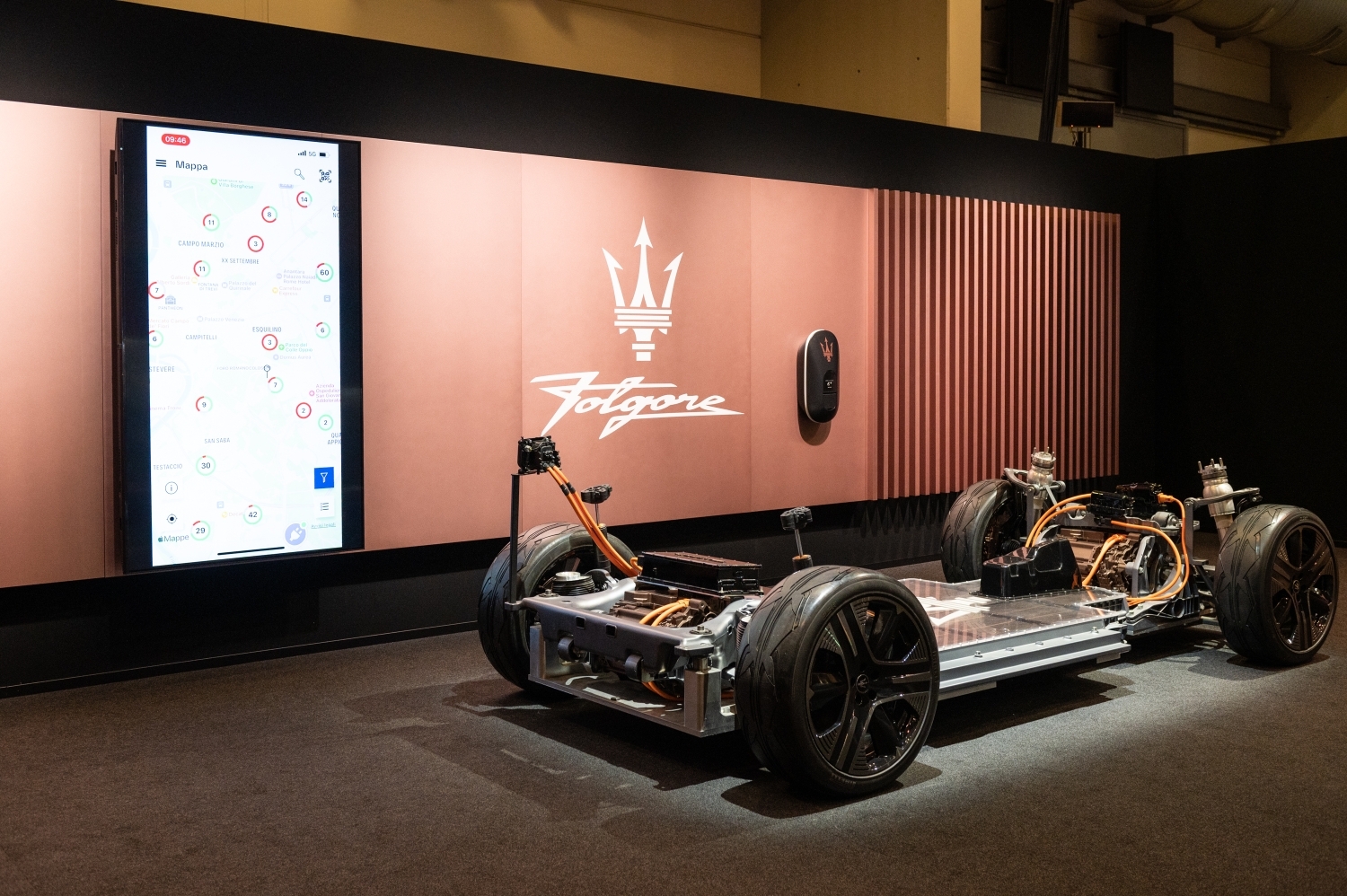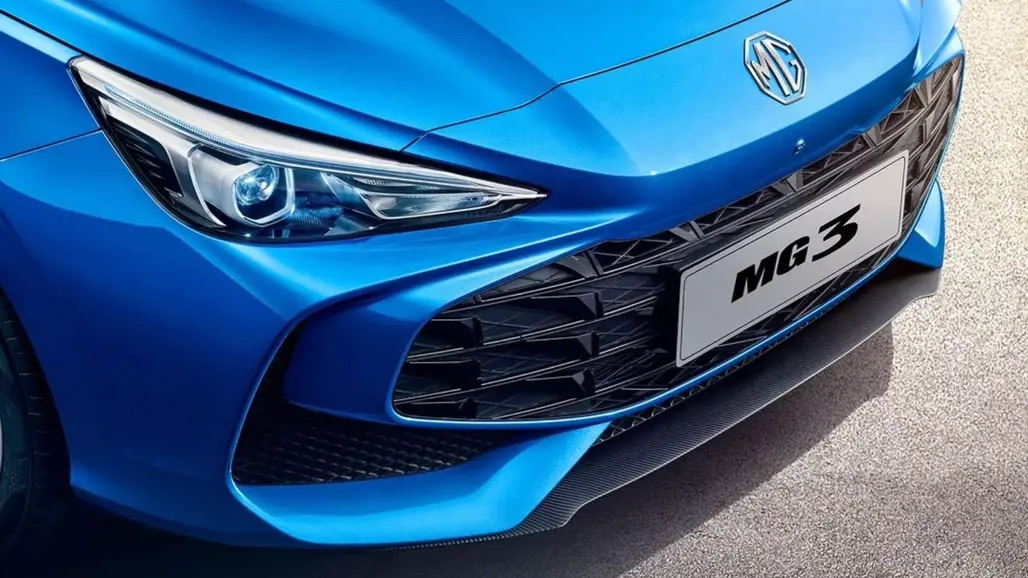In a recent article about Jaguar Design, it was noted that one of the important elements in the DNA of Jaguar cars is ‘Britishness’, which has been maintained over many decades. Cars from Japanese manufacturers also have a certain ‘Japanese-ness’ which has been evident, particularly in details, packaging and ‘hospitality’. There are also influences from Japanese culture in some models, while craftsmanship is a very high priority.
Ultimate urban commuter
You’ll see this in the IMk, the latest concept car from Nissan which is presented as ‘the ultimate urban commuter’. The compact electric car combines chic design and cutting-edge technologies in a minimal aesthetic, drawing on Nissan’s new design philosophy called ‘Timeless Japanese Futurism’. A close look reveals additional elements of ‘Japanese DNA’ throughout the IMk. For example, the V-motion signature ‘shield’ and combination taillights feature a trellised, woodwork-type impression.
Adopting the simplistic nature of traditional Japanese design, the exterior is characterized by flowing lines. Carefully applied Japanese motifs add refinement and intrigue. Dipped in an Akagane paint scheme – reflecting a reddish copper colour – the concept pays homage to artisans who formed copper into functional works of art.
“We incorporated `Japanese DNA’ into the design of the IMk,” said Satoru Tai, Executive Design Director at Nissan. “For example, the bumper, wheels, tyres, windows, tail lamps, roof and high mount spoiler treatment borrow from the flowing patterns of mizuhiki, a thin twine made of Japanese rice paper. Just as mizuhiki flows naturally by design, this flowing pattern on the IMk blends the front, sides, and rear of the concept together for a completely new presence, outside and inside.”
“The shield, which replaces the grille in petrol-powered vehicles, represents a new signature element in our redefined design language. It follows function with style, giving the vehicle visual strength and inspiration while also providing protection and advanced technology underneath, including sensors and electronics,” Tai added.
Inviting cabin with high-tech functionality
“We could have kept all the surfaces inside the IMk’s cabin flat, which would have equated to more physical space,” he said. “But if we did that, we would have lost some of its beauty, and we didn’t want to go that route. The IMk was never about being roomier than a traditional small car. It was about being an upscale, stylish partner that gives occupants a chic, elegant space to enjoy.”
The IMk concept’s cabin is a new type of ‘room’ that exudes the nature of a cafe or lounge. The bench-style seat, with a dimpled texture, promotes a relaxing, welcome space that gives the impression of sitting on a floating cloud. The dashboard and sections of the doors are upholstered with light tonal materials, adding to the cozy atmosphere. Akagane-coloured accents along the instrument panel, doors and steering wheel add brightness to the interior and a premium feel to the car as a whole.
Interlocking with the lower door section are wood slats that are a nod to the Japanese wood joinery technique of kigumi, which create a sense of inner calm. This feature is highlighted by special hidden lighting. Dark coffee-coloured floor carpeting with woven strands of metallic fibre enhance the cozy, relaxing setting.
Other than the start button and shifter, the IMk’s thin dashboard has no physical controls. Powering up the IMk reveals cabin comfort controls and settings with soft glowing icons within the Akagane trim. Important driving information, such as vehicle speed and navigation directions, appear in ‘midair’ by way of a bezel-less prism display. Customized information is communicated to the driver via holographic displays.
For a relaxing experience
According to Tai, the concept’s interior design focuses on creating a high-tech yet relaxing experience. The interior accent lighting mimics the prism display’s colour scheme, depending on displayed content. When using the touch-sensitive surface – for example, when swiping while viewing a map – a touch of whimsy is displayed in the form of a flock of birds flying across it. A careful eye will even notice a faint bird pattern across the prism, hinting at how this display can come to life. This is just one way the IMk provides a level of interactivity and personalization, adding excitement to the driving experience.
“As a small EV for a new era, the Nissan IMk is designed to be at home in sophisticated cityscapes as much as in traditional Japanese towns,” said. “The IMk fuses a modern, clean look, driven by its Japanese heritage, with cutting-edge EV technology. Unconstrained by conventional concepts of the kei car segment, its design is interwoven with Japanese culture. It’s a luxury small EV that I hope a lot of customers are going to drive.”
That last line suggests that the IMk is more than just another showcar. Its global debut should take place at the Tokyo Motorshow later this month and as in many cases where companies say their display cars are ‘concepts’, the exterior design looks ready to go into production while the interior would be a matter of inserting hardware currently available.
Click here for other news and articles about Nissan in PISTON.MY
Visit www.nissan.com.my to know more about Nissan models available today


